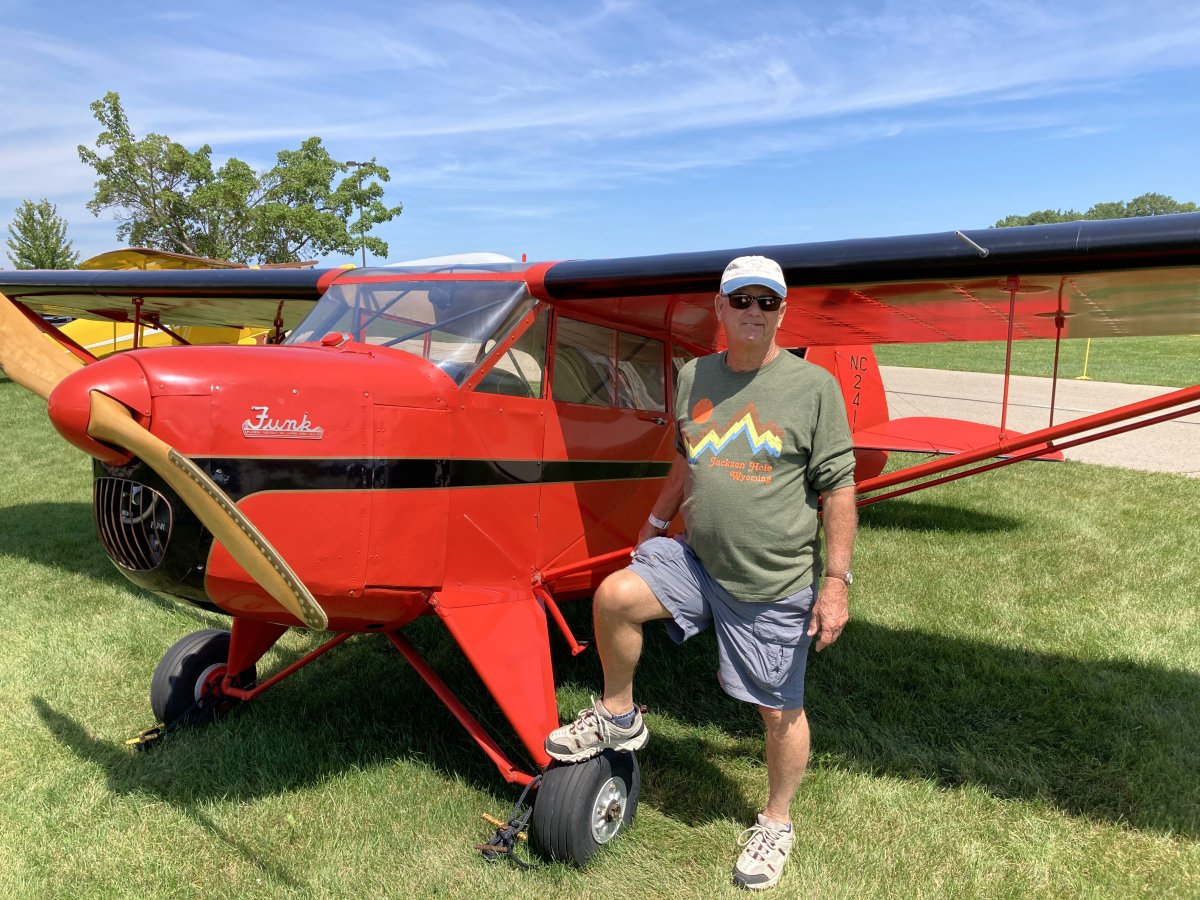AirVenture 2021 - EAA Museum
Bruce and I spent the morning touring the EAA Museum. I usually go here every time I'm at AirVenture. It's always good, but this year I enjoyed it more than ususal for some reason. The Museum does a great job telling the story of homebuild aviation as well as aviation history in general.
As it should, the first thing you see when entering the Museum is a nice display of the 1903 Wright Flyer.
I was at the Kitty Hawk Visitors Center about a month ago. It had recently been rennovated and does an excellent job of telling the amazing story of how the Wright Brothers invented the airplane and learned to fly. But there are no longer live presentations by Park Rangers. I remember the first time I ever went to Kitty Hawk. It was 1988. I was attending a Navy school in Dam Neck, Virginia, Lynnette was visiting on the weekend, and we drove down to see Kitty Hawk. A Park Ranger gave a talk in front of the replica Wright Flyer and it was so interesting and well-delivered that I have been an enthusiast of the Wright Brothers and the history of flight ever since. I always wondered what happened to that Park Ranger.
Anyways, back at the EAA Museum, later on, a man was giving a presentation in front of the Wright Flyer. Even though it had been 33 years, right away I wondered if it could be the same guy. I did a little research and sure enough, it was. His name is Darrell Collins. He served as Historian and Park Ranger at The Wright Brothers Memorial for over 38 years. After he retired from the National Park Service he continued his life's passion of telling the Wright Brother's story and has been on the Aviation/Aerospace Lecture Circuit nationally and internationally Imagine how many people he has thrilled over the years with the story of the Wright Brothers.
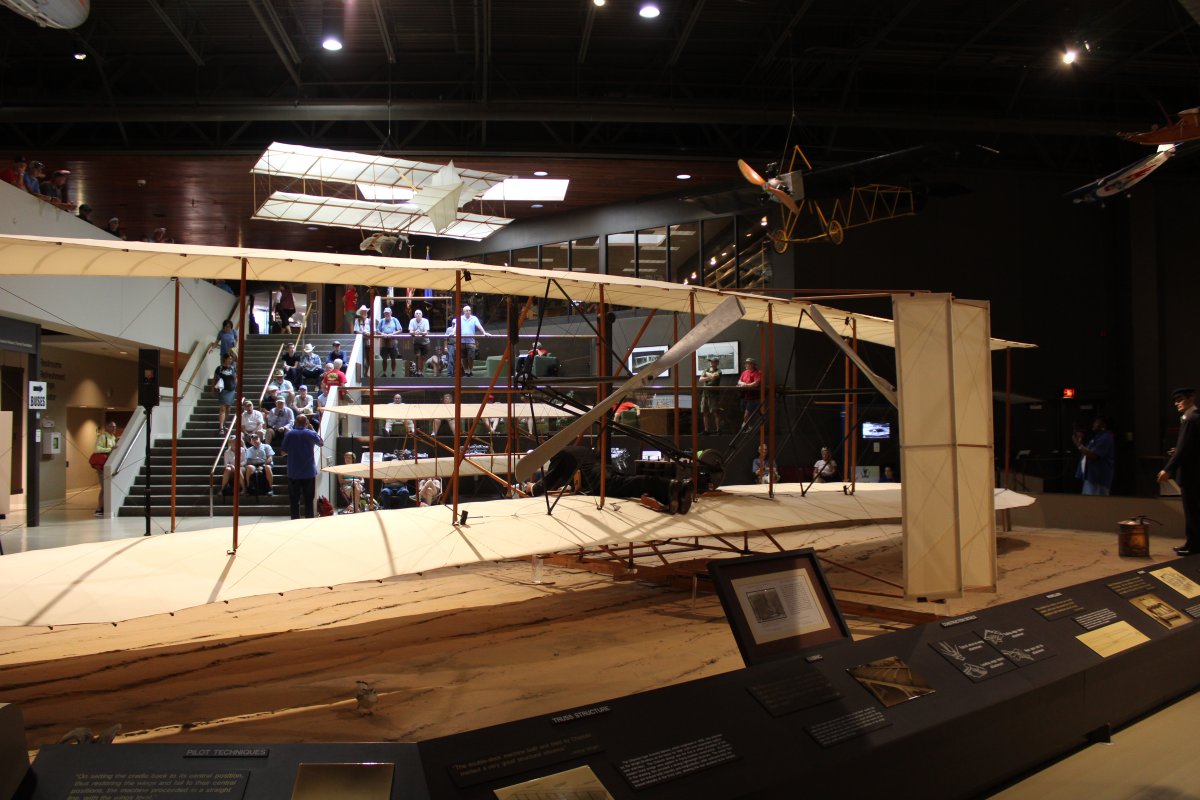
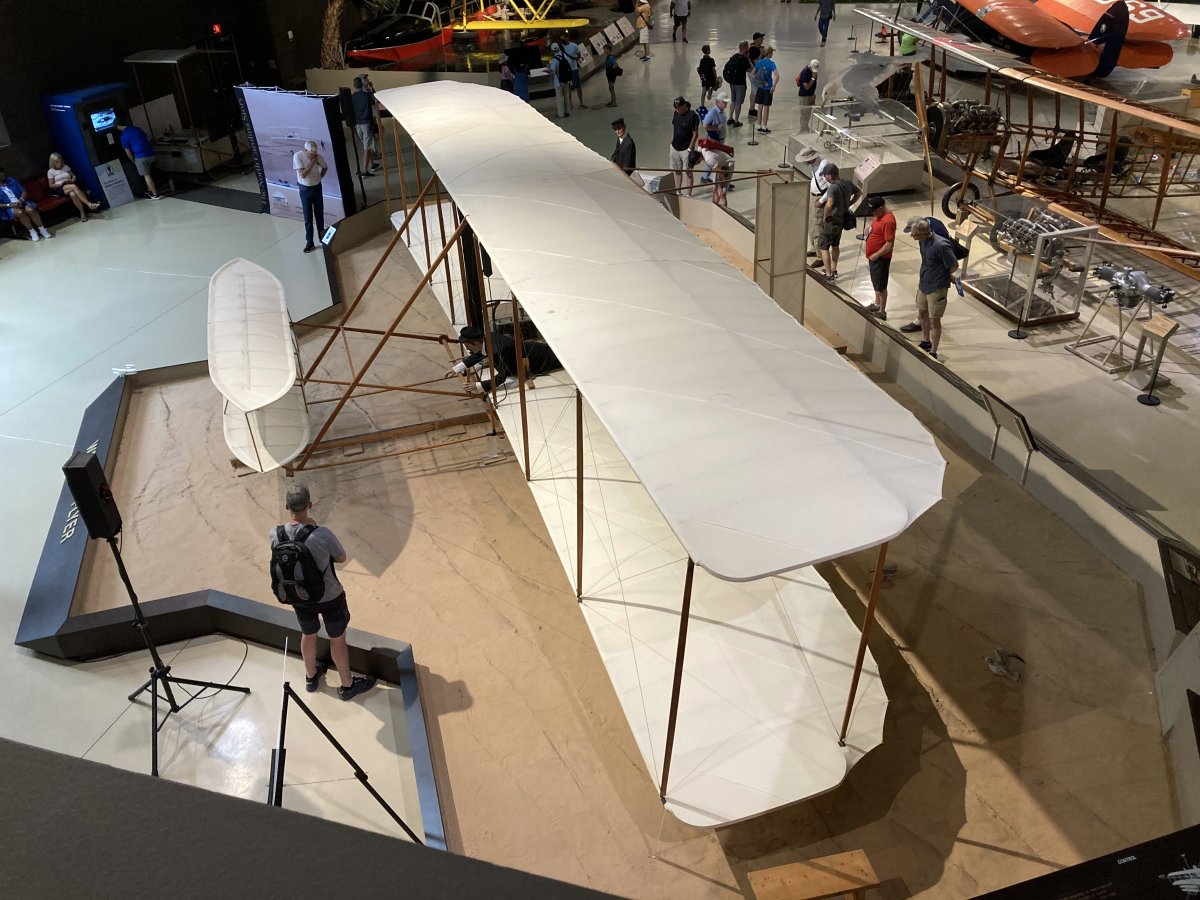
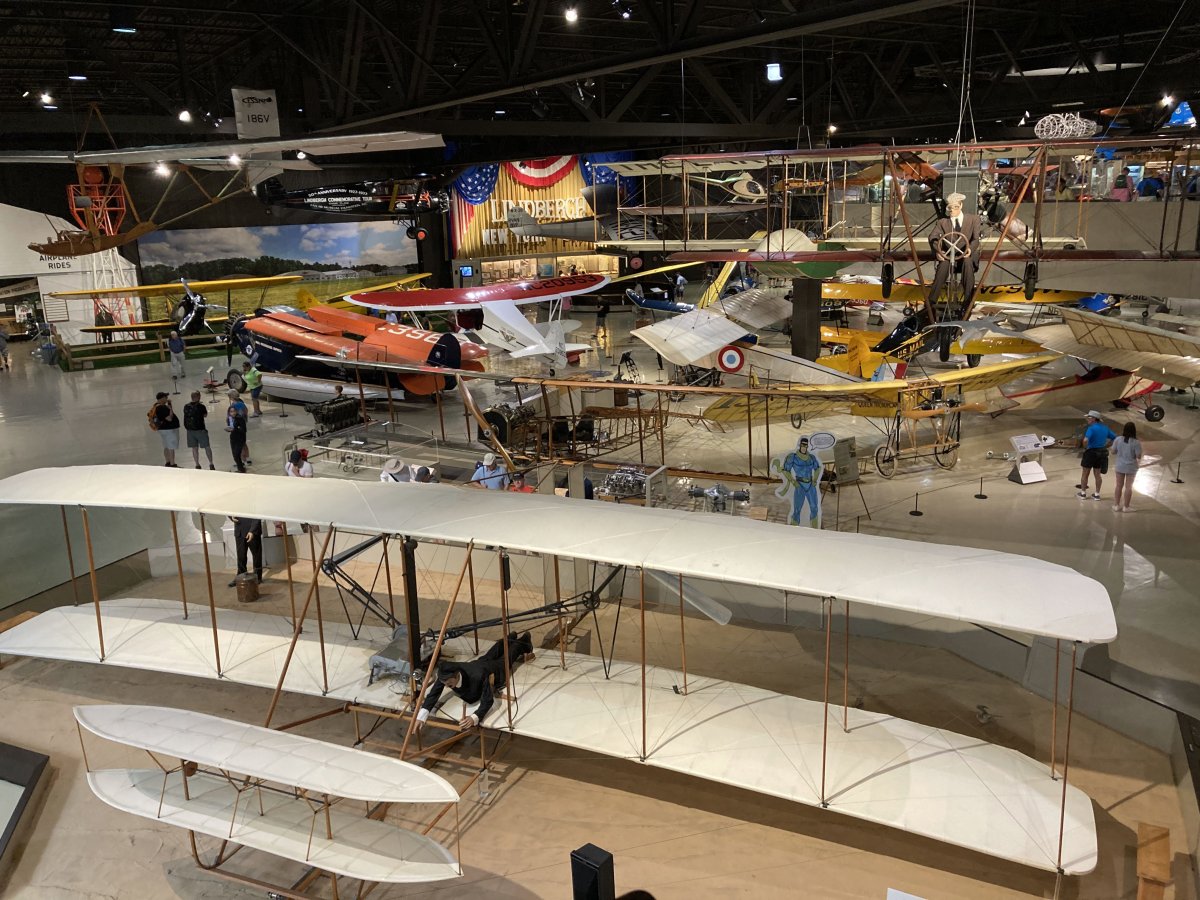
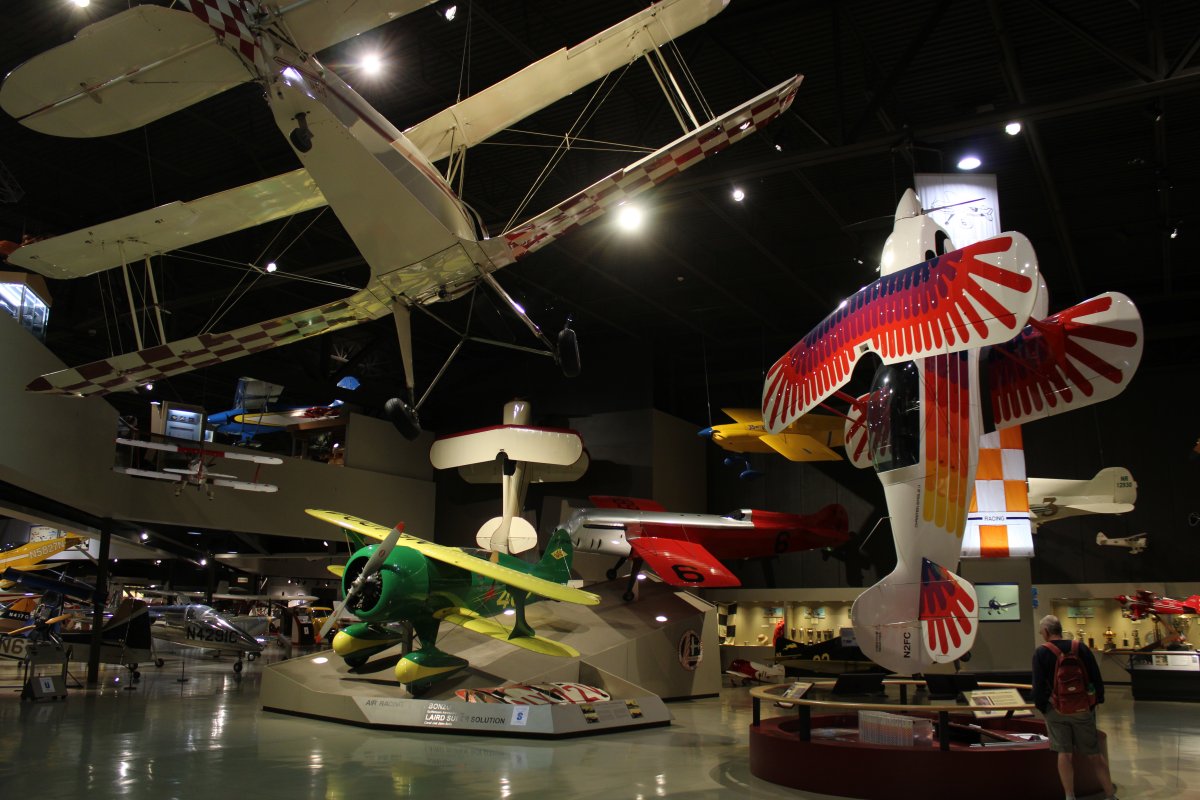
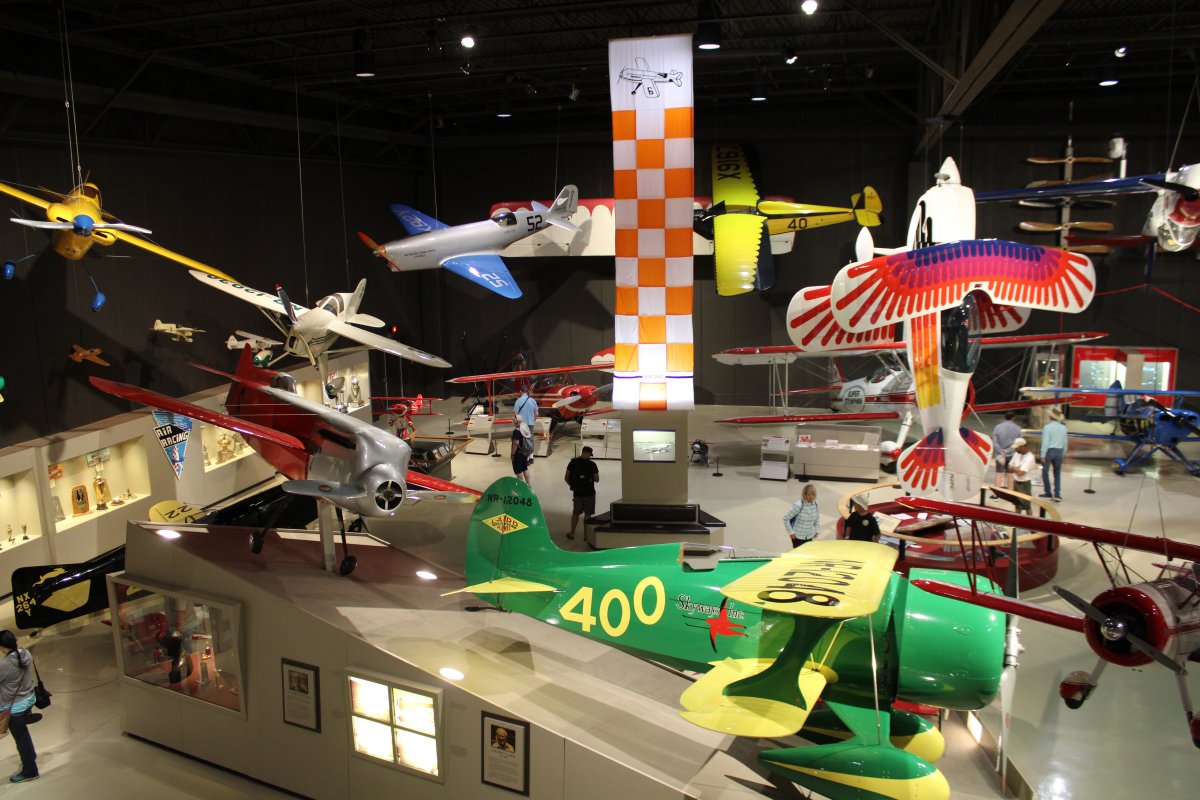
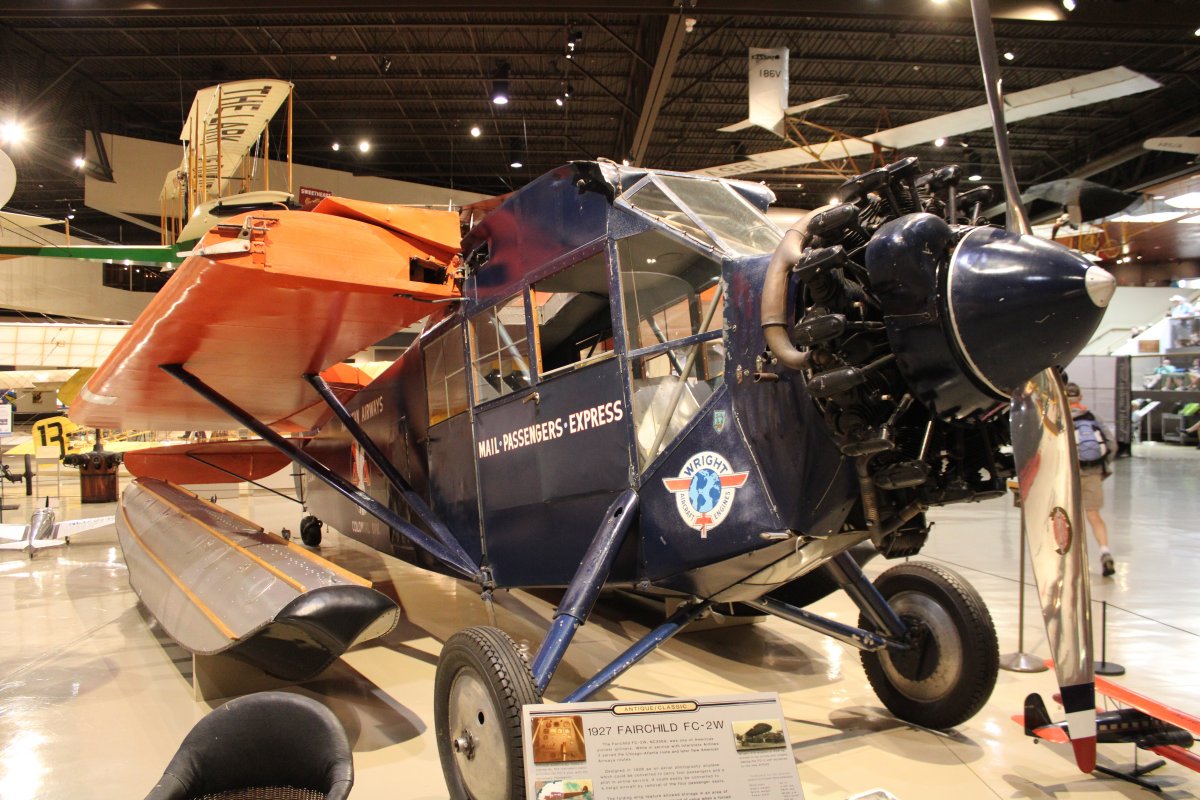
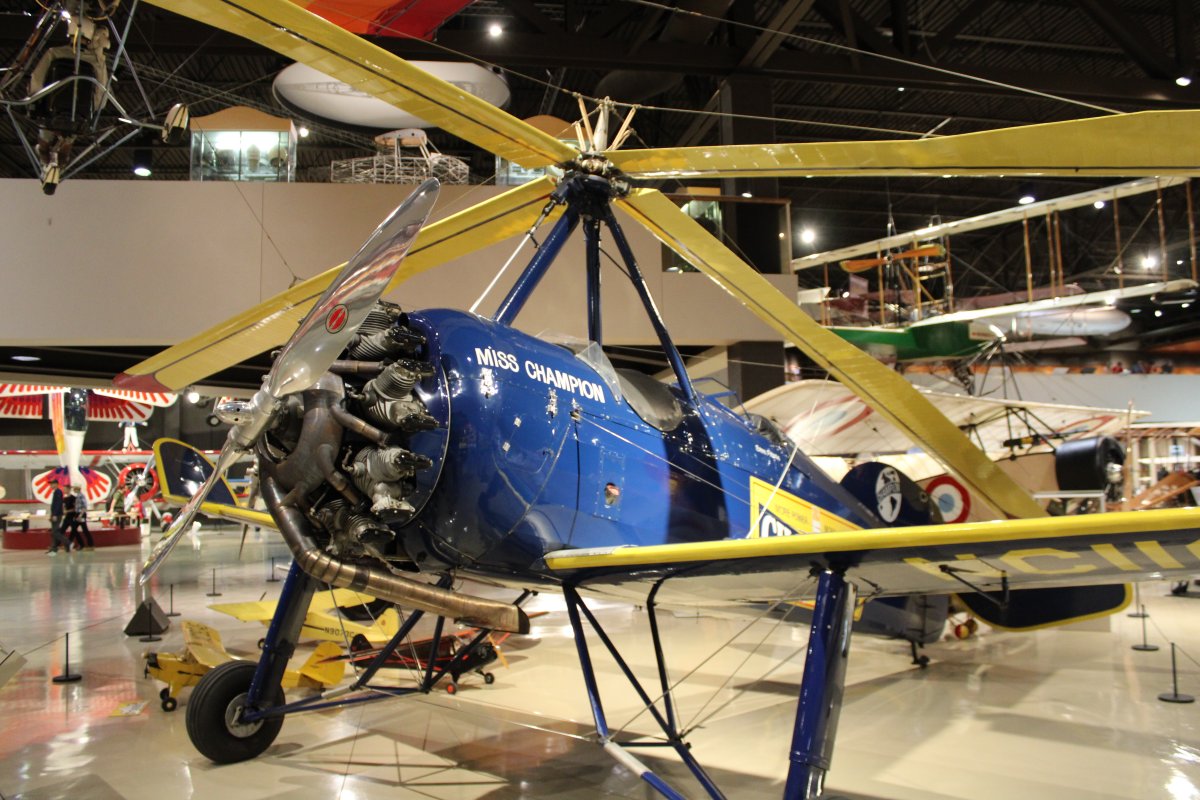
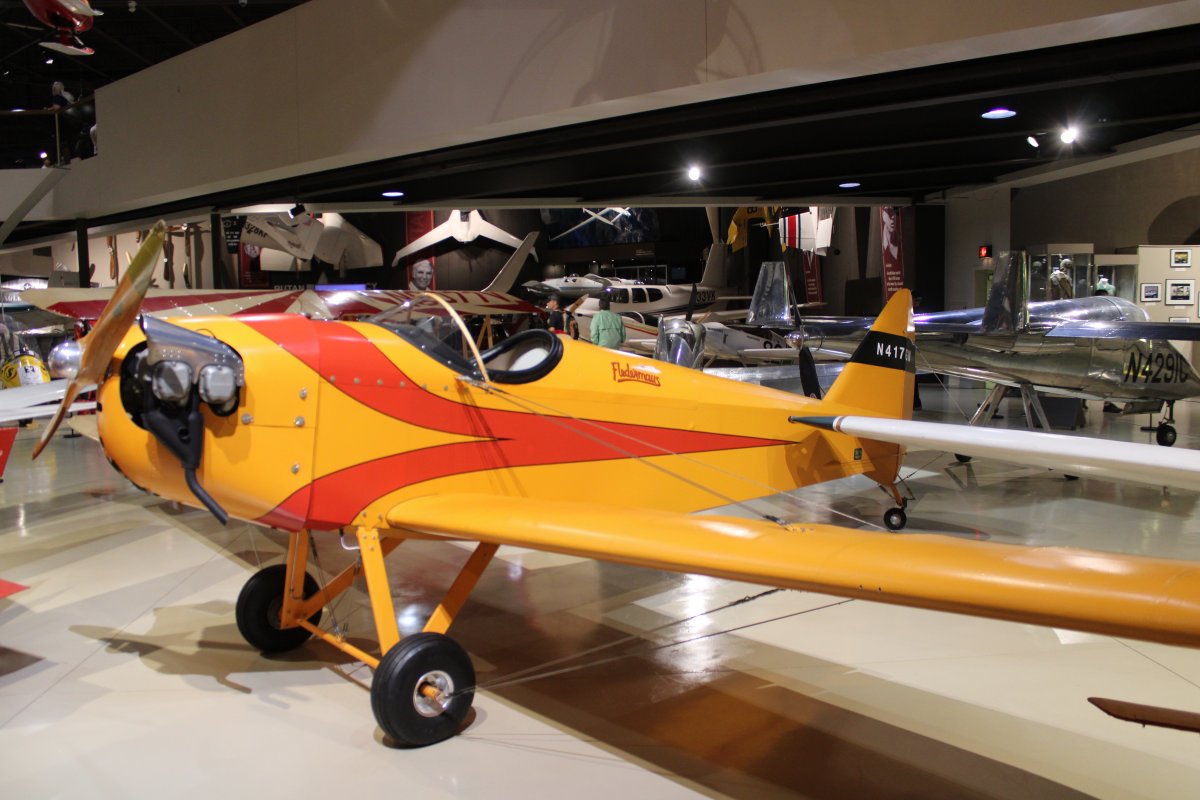
A Clipped Wing Taylorcraft BF-50. In 1950, Aerobatic/Airshow pilot John Vasey acquired the stock 1938 Taylorcraft and modified it for aerobatics. He clipped and strengthened the wings, converted it into a single-seat airplane, and replaced the 50 hp engine with an 85 hp, fuel-injected one. These modifications turned the docile BF-50 into a powerful and agile aerobatic performer.
Duane Cole bought the plane from Vasey in 1952 and for decades Cole and his signature red and cream Taylorcraft entertained millions of air show spectators in 47 states and five foreign countries. He installed a new 150-hp engine on the plane, but otherwise left the basic structure and Vasey’s modifications unchanged. He had little use for radios or instrument flying, and flew all over the U.S. using pilotage and dead reckoning skills. In 1962 and 1964, Cole flew the Taylorcraft to win the U.S. National Aerobatic Championship and was named to the U.S. aerobatic team in 1962 to compete for the international title in Budapest, Hungary.
Duane Cole and his Taylor attended and flew at every EAA Fly-In Convention but two from 1953 to 1989.
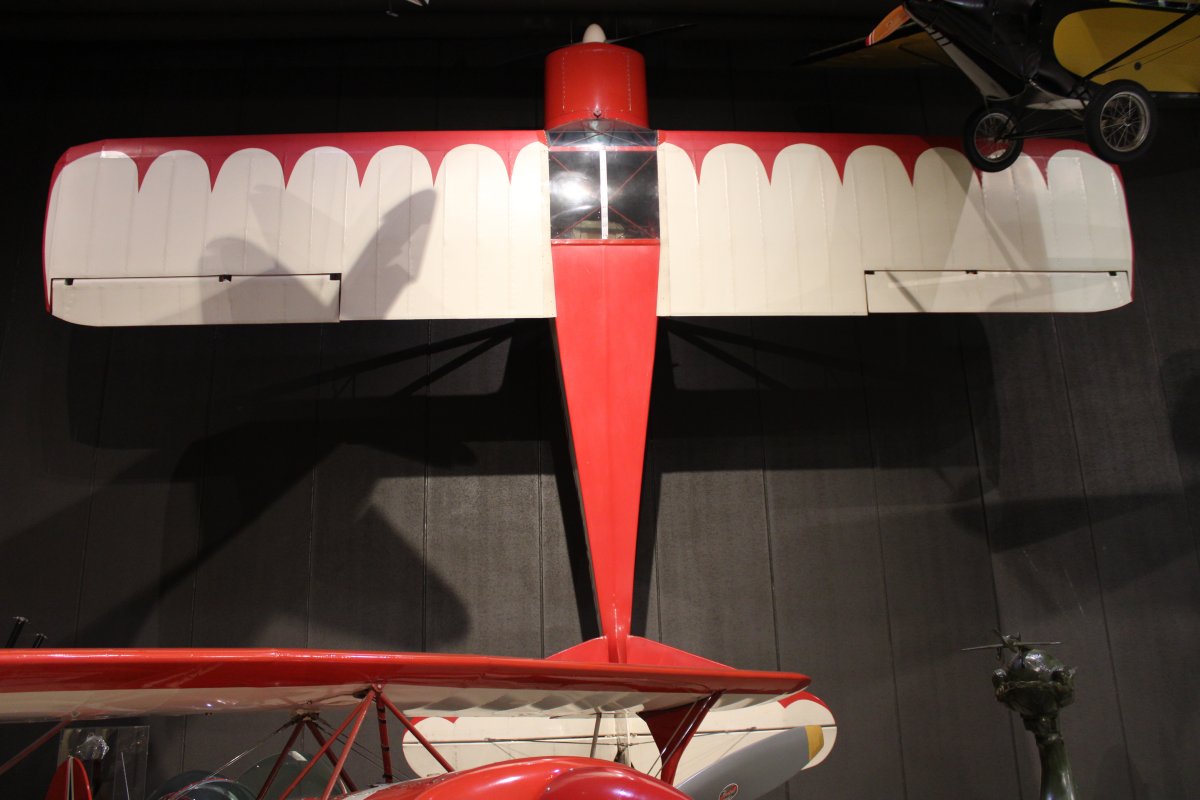
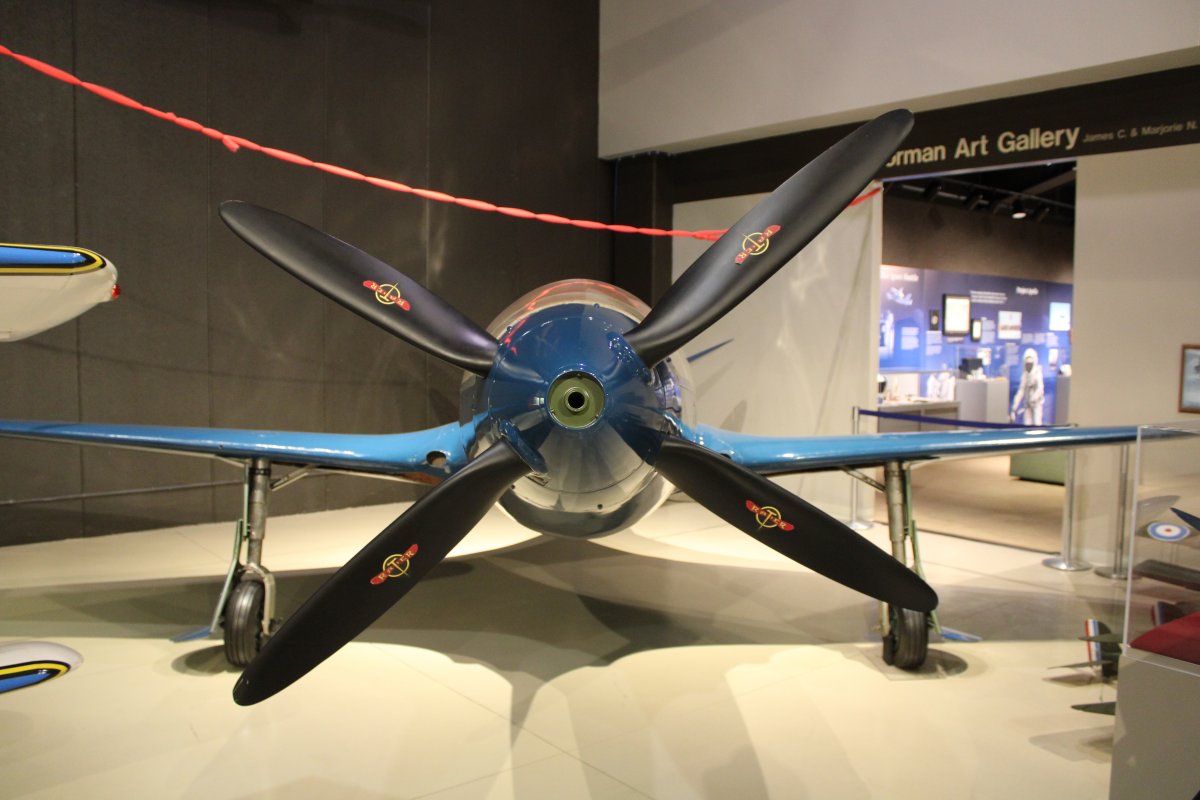
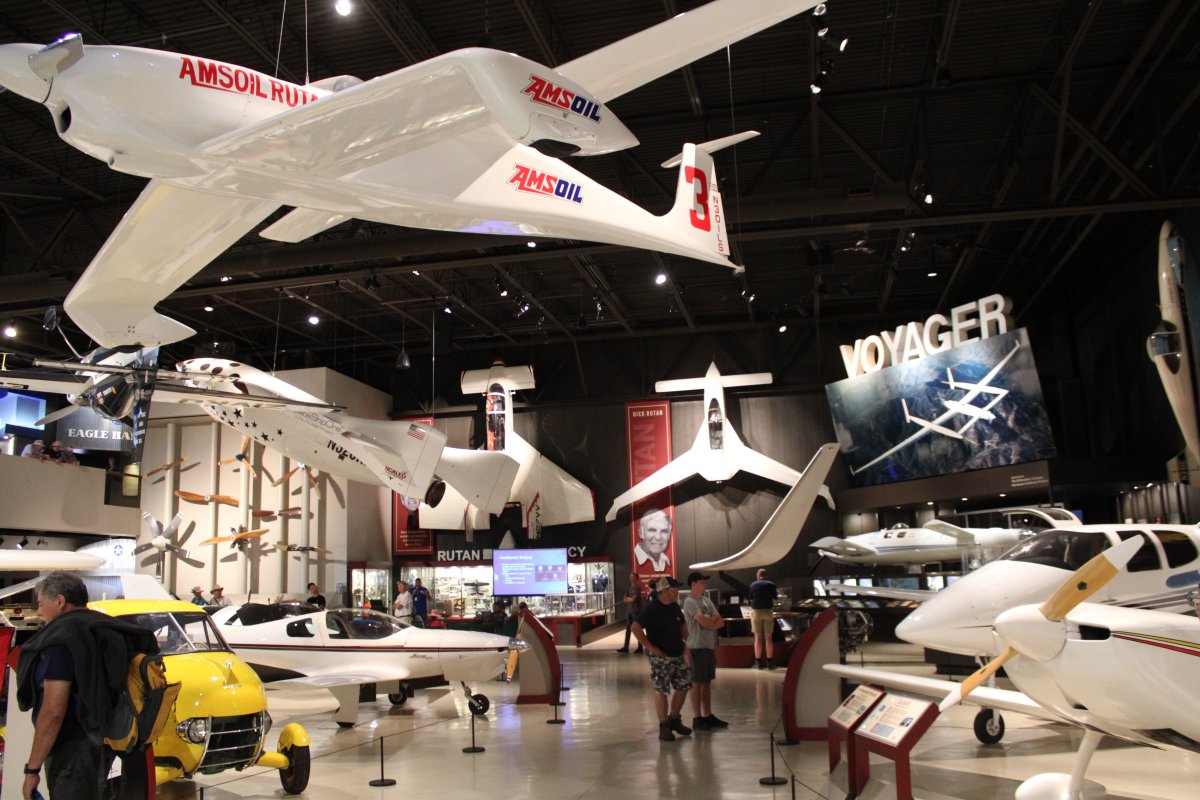
1964 Roloff/Unger RLU-1 Breezy, one of the most universally recognized aircraft to emerge from the EAA movement. Charley Roloff, Carl Unger, and Bob Liposky designed and constructed the Breezy in 1964. An instant success from the beginning, the Breezy made its first appearance at the EAA fly-in convention at Rockford, Illinois, in 1965. The new airplane created a sensation by giving rides from morning until night, with people always clamoring for more. This plane flew at every EAA Fly-In Convention from 1965 to 1990. Many thousands of people took rides with Carl in the Breezy, including an FAA Administrator, Sen. Barry Goldwater, actor Cliff Robertson, and an entire Concorde crew.
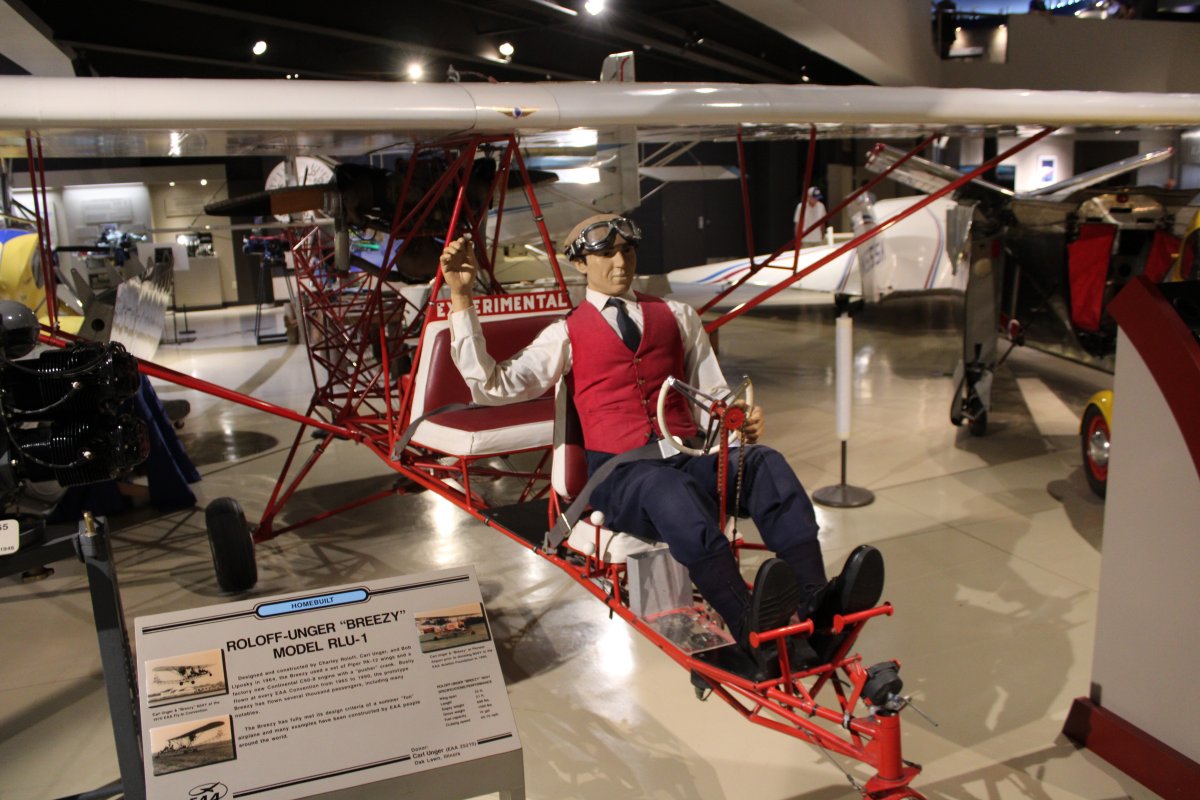
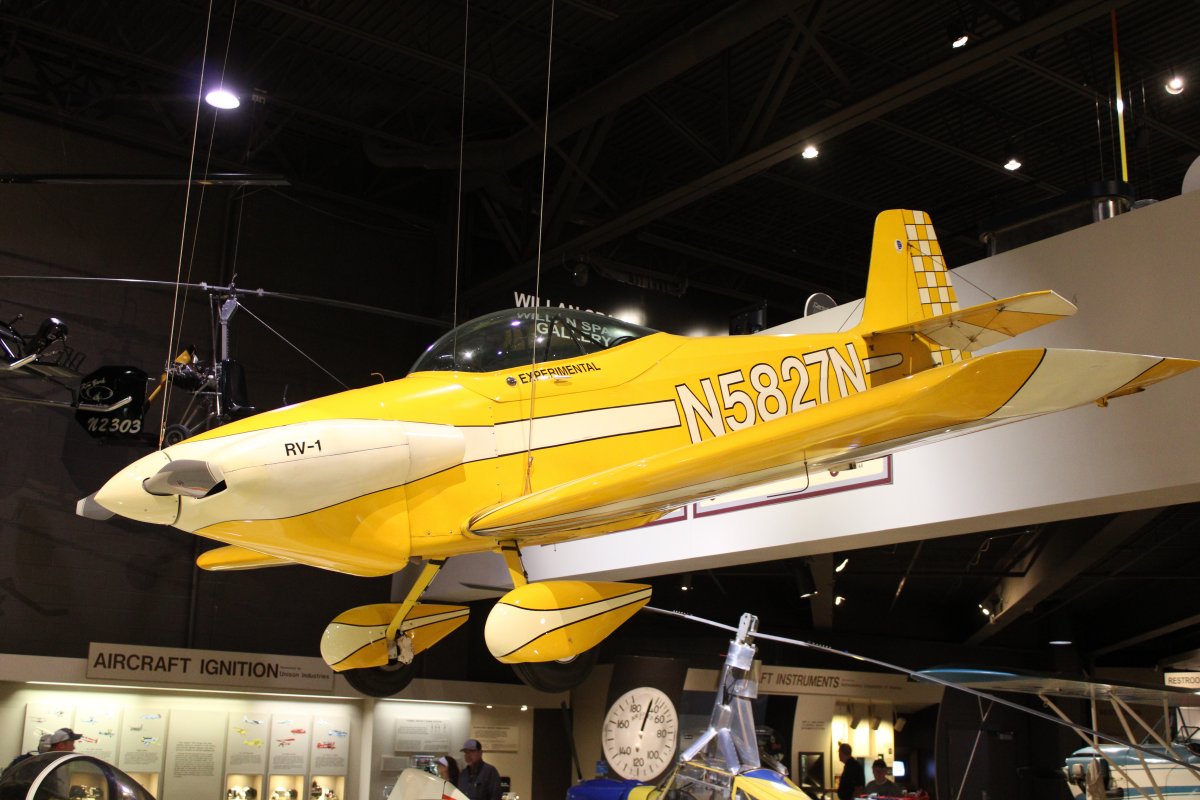
On the left is Dick VanGrunsven’s RV-3 prototype which was a clean sheet design. The all-aluminum, single seat airplane It first appeared at the 1972 EAA Oshkosh convention. In 1973 he founded Van's Aircraft.Company. The RV-3 was popular and successful, but many of his customers had one complaint: the airplane needed a second seat. Actual construction of the RV-4 -- at right -- began in the fall of 1975 and wasn’t completed until August of 1979. Testing was completed in early 1980 and VanGrunsven began working on the construction drawings and production tooling for kits.
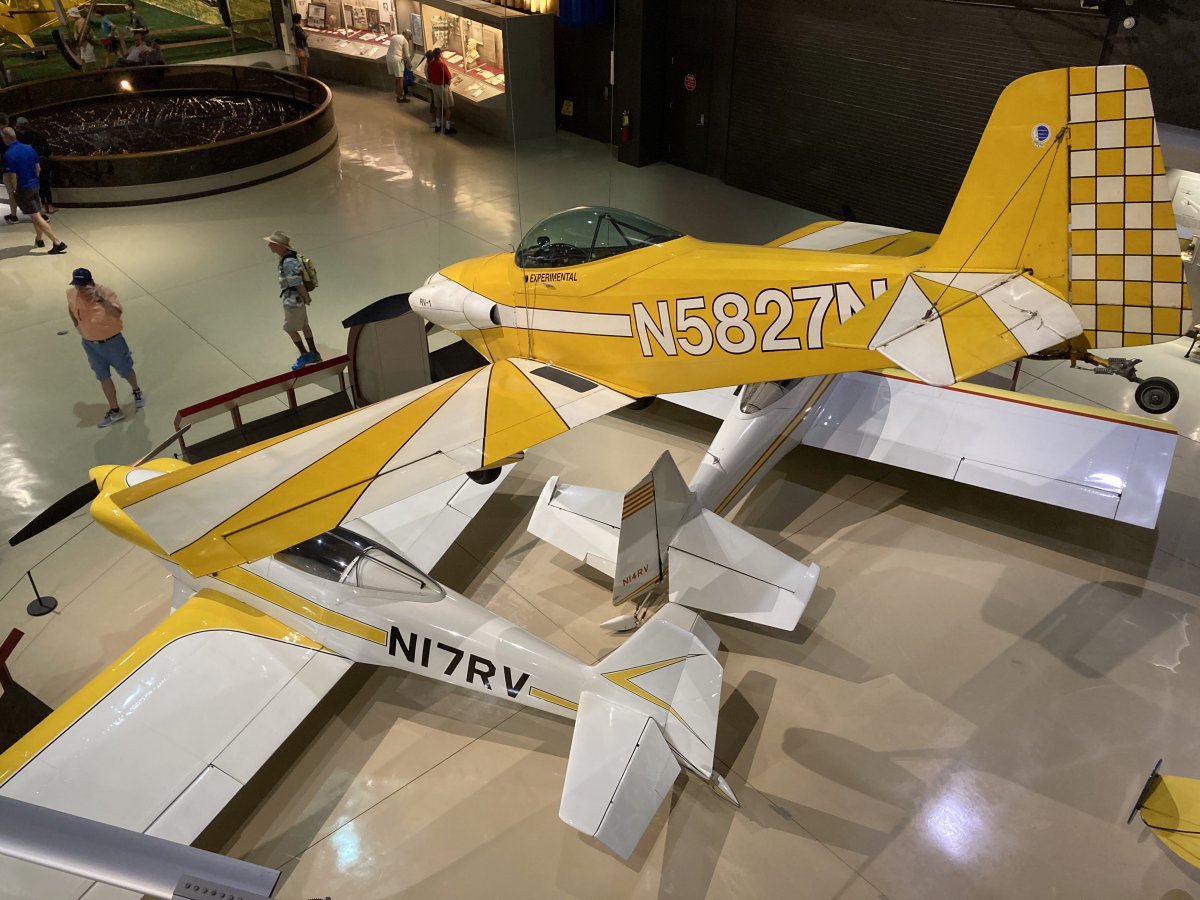
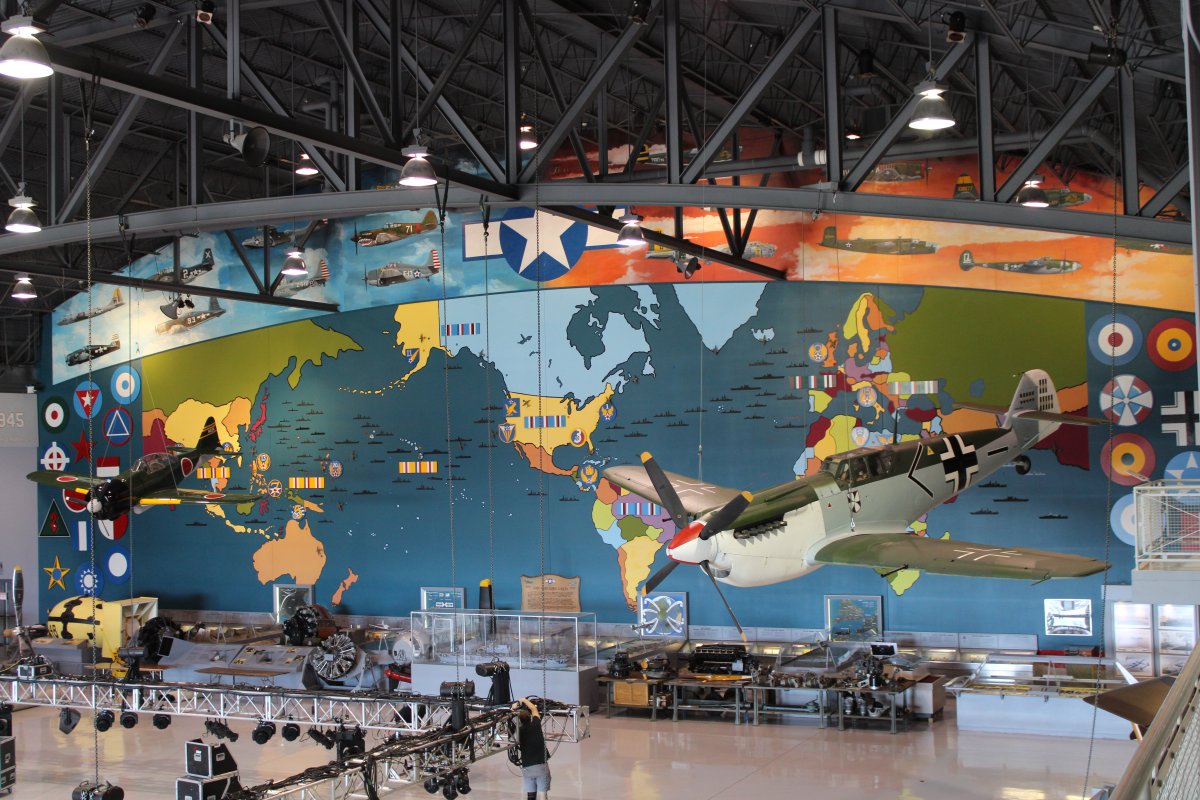
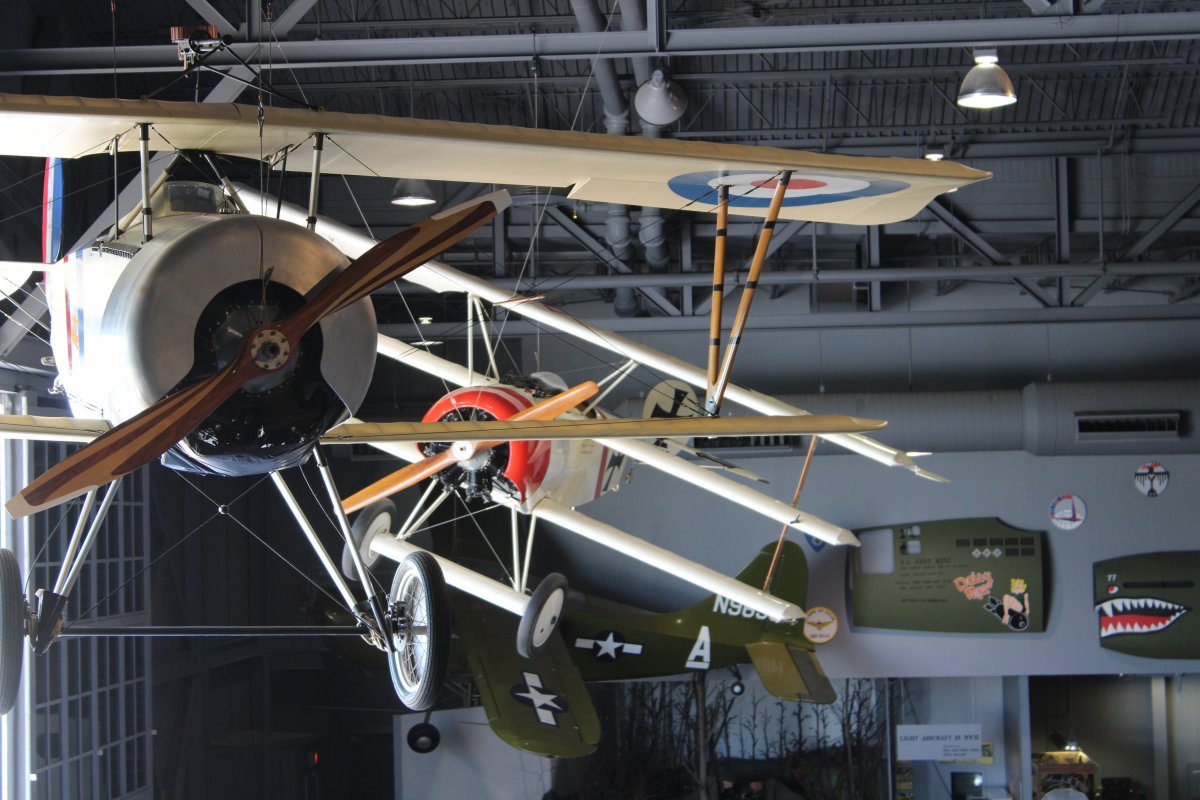
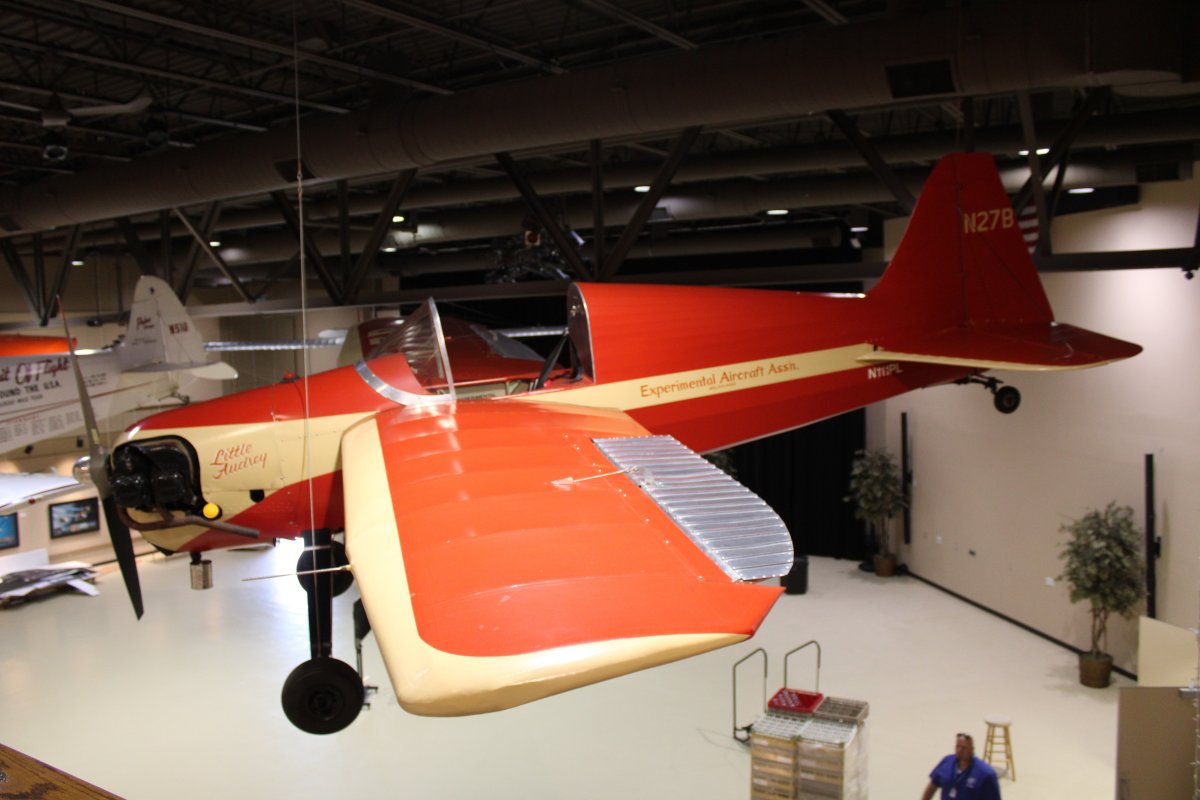
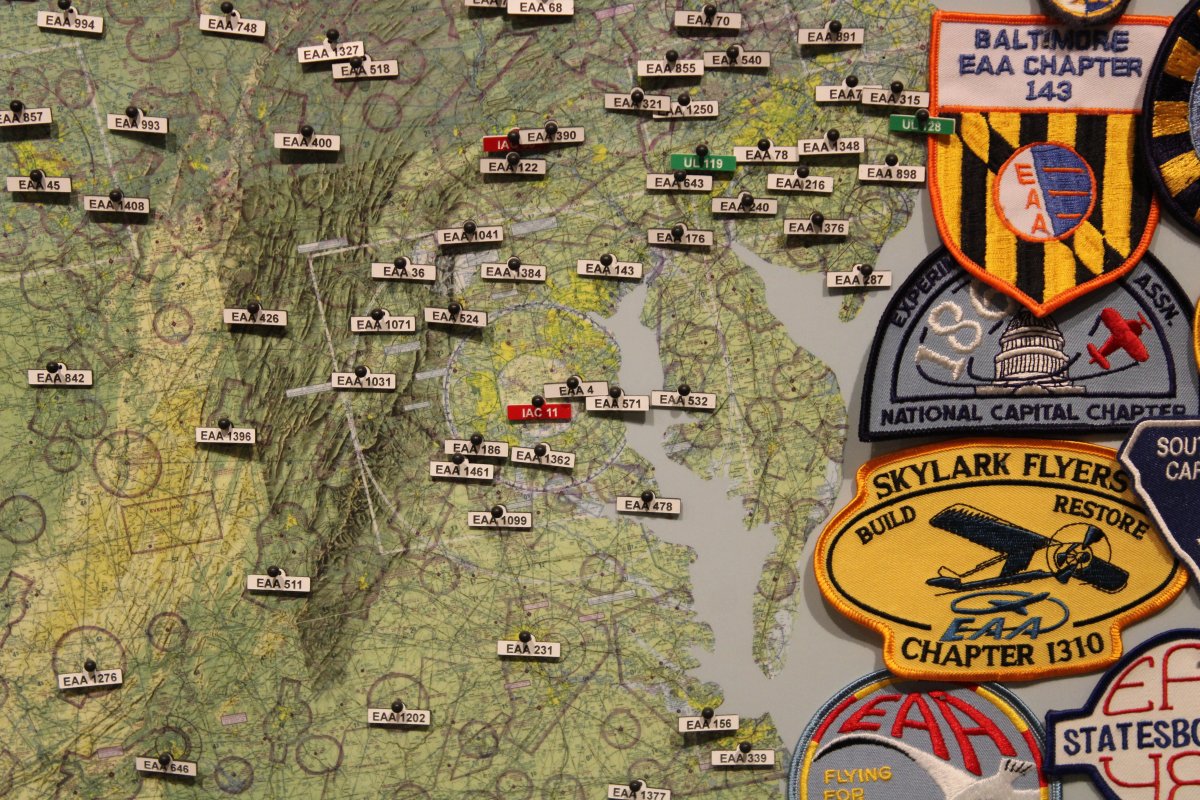
The plane that arguably started it all: the Corben Baby Ace.
O.G. "Ace" Corben designed the Baby Ace for homebuilders in the early 1930s. EAA founder Paul Poberezny and other early EAA members built the below Baby Ace in 1955.
Then Paul Poberezny wrote a three-part article series starting in May, 1955 for Mechanix Illustrated magazine that methodically stepped the reader through the building and flying of a homebuilt airplane. There was a Corben Baby Ace on the cover, and the headline read simply, “Build this plane for under $800 including engine!” When it hit newsstands that spring, it changed EAA, and sport aviation, forever.
At the end of 1954, EAA’s total membership was about 700. Just one year later, membership had more than doubled to 1,450, and would reach more than 5,000 by the end of the decade, and 170,000 by the end of the century.
Flying back then was expensive, or so it seemed. In 1956, just a year after the Mechanix Illustrated article series, Cessna introduced the 172 at a retail price of $8,700, while, in 1958, a new Ercoupe cost nearly $7,000. That sounds cheap until you realize that, at that time, the average price of a home in the U.S. was just $10,000. [Present day: a brand-new Cessna 172S Skyhawk costs roughly $400,000]
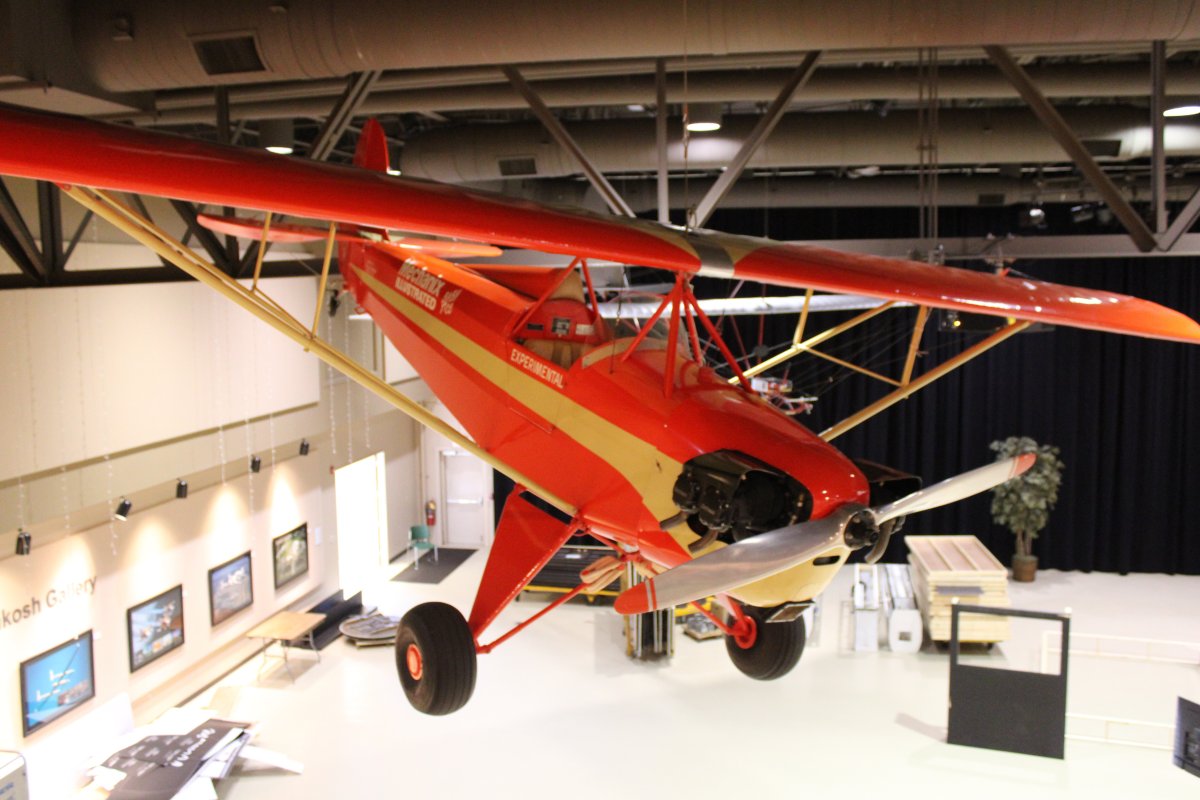
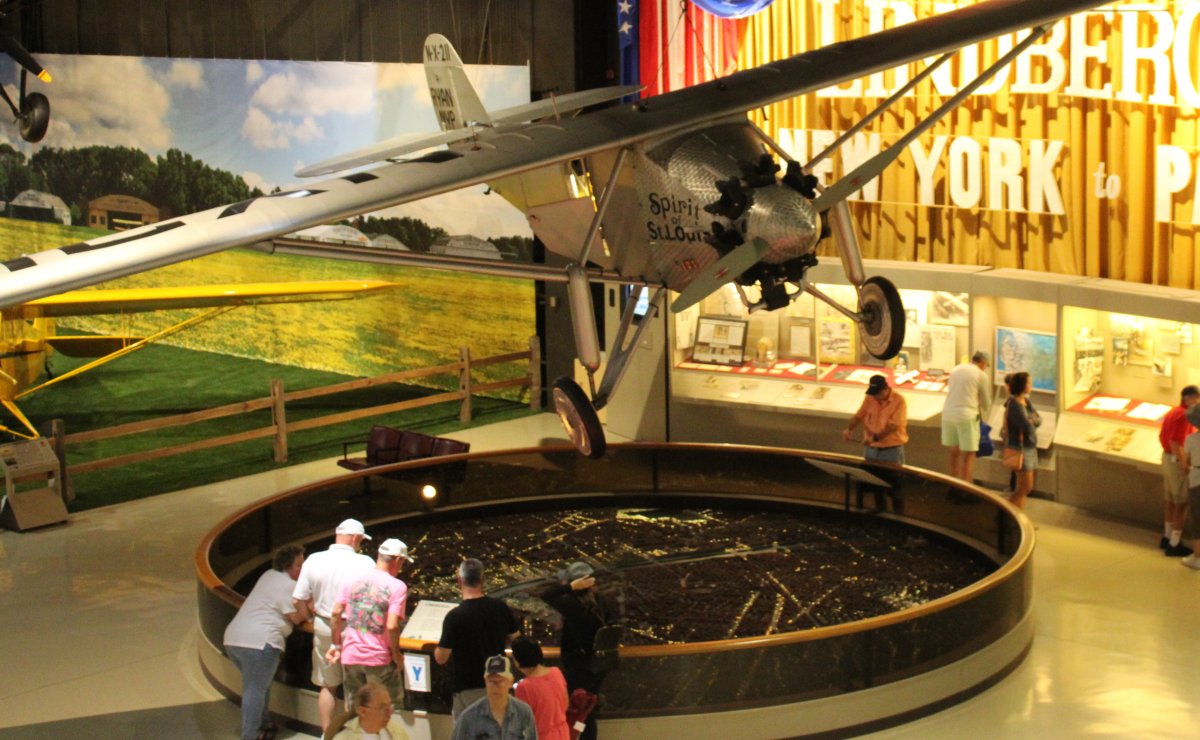
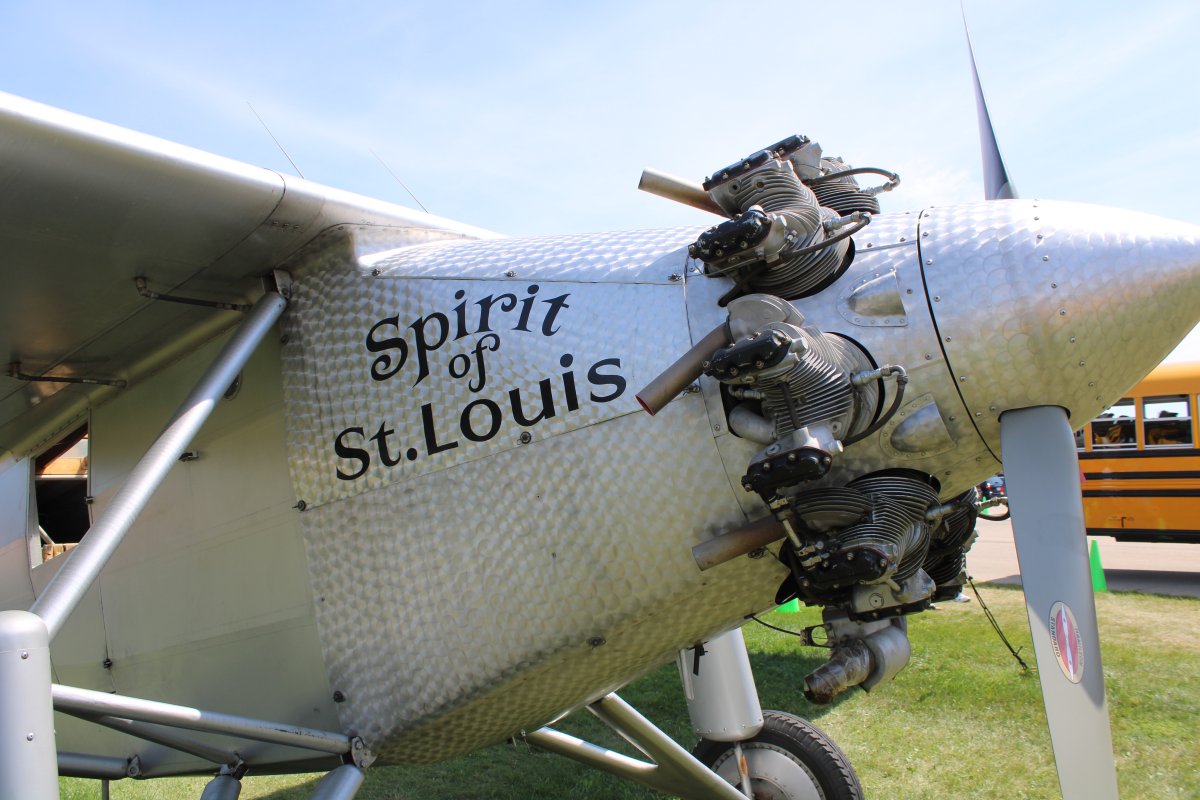
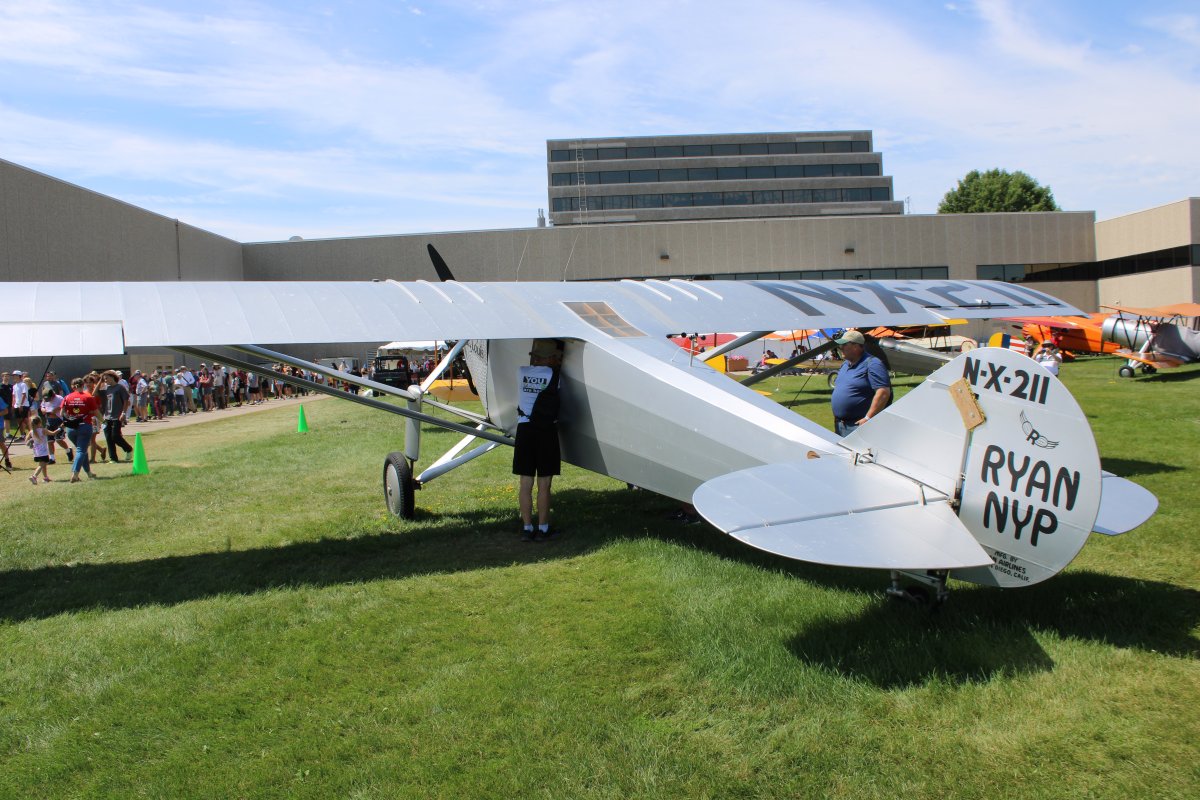
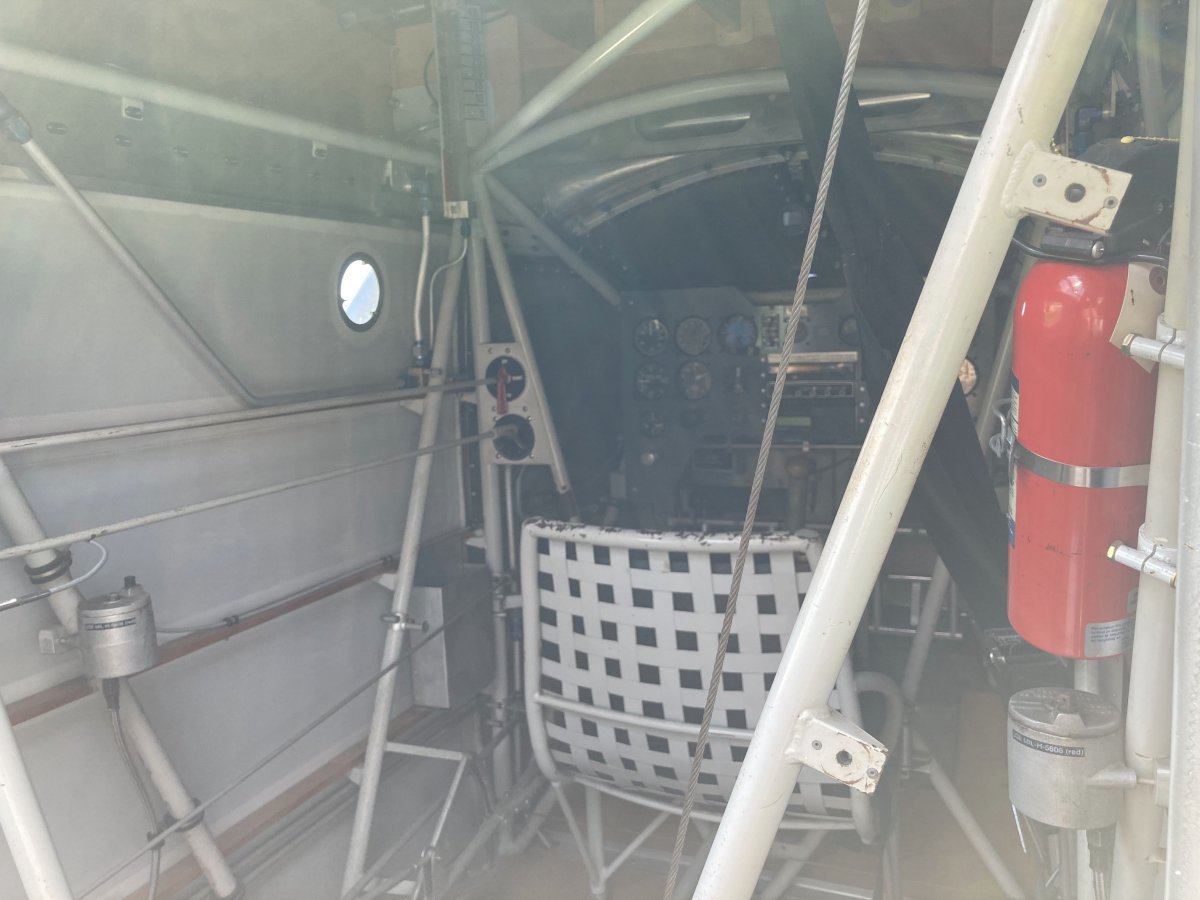
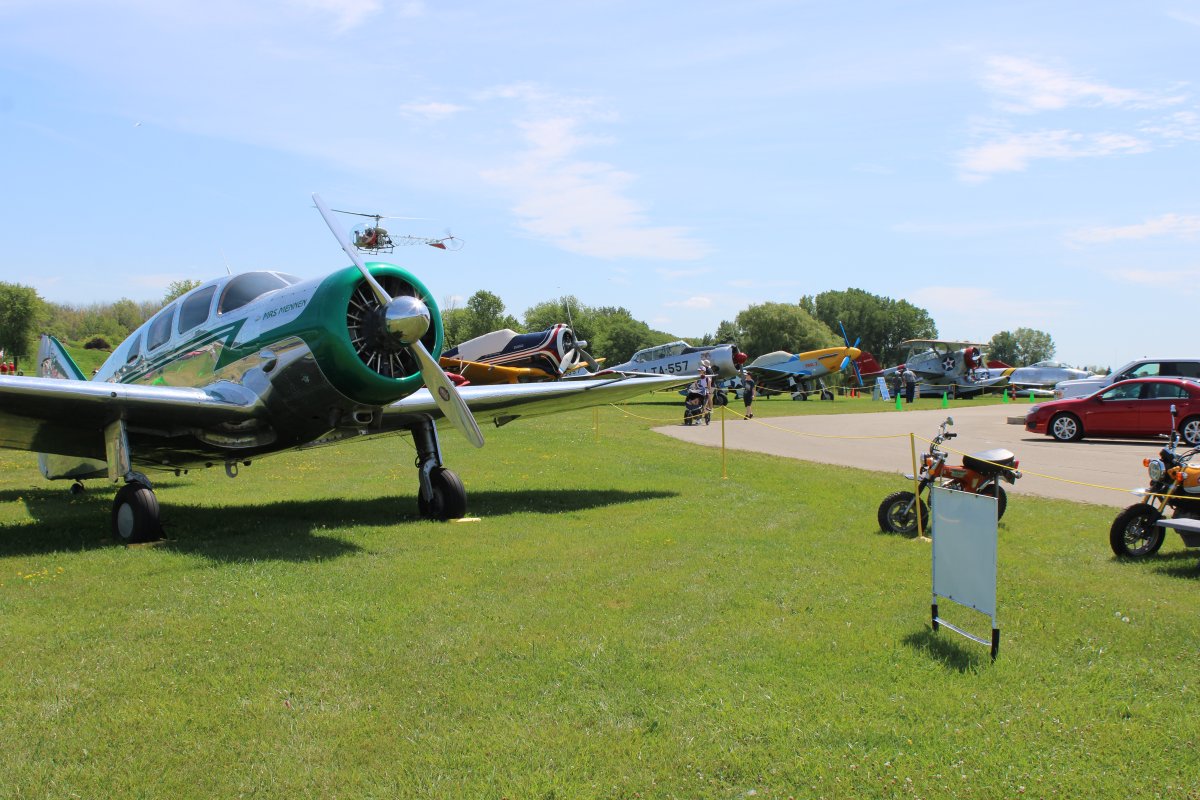
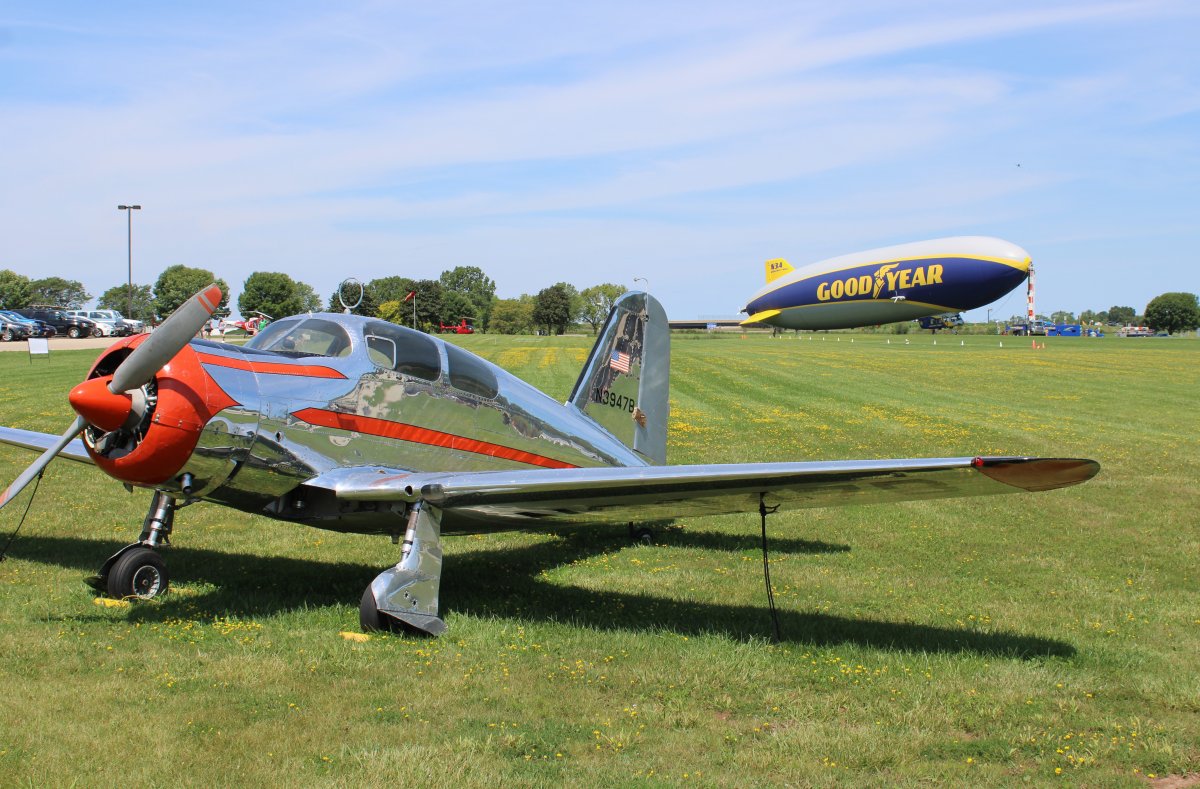
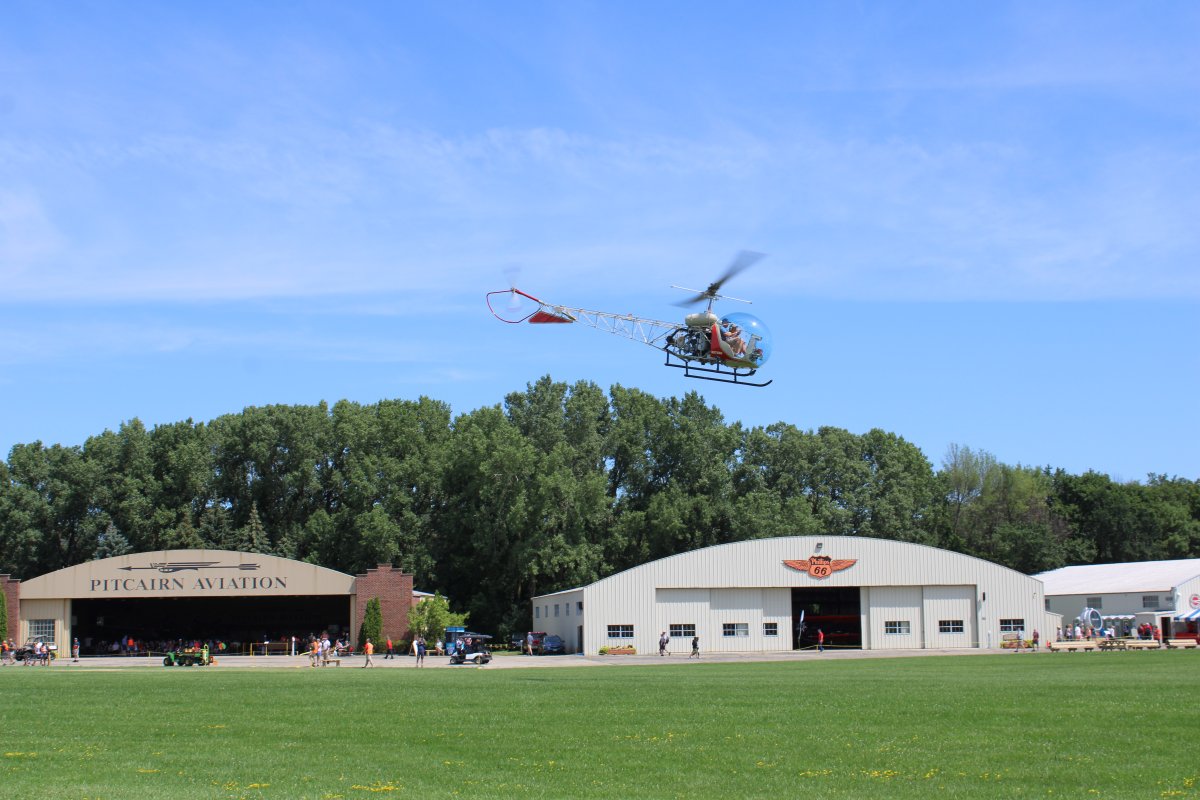
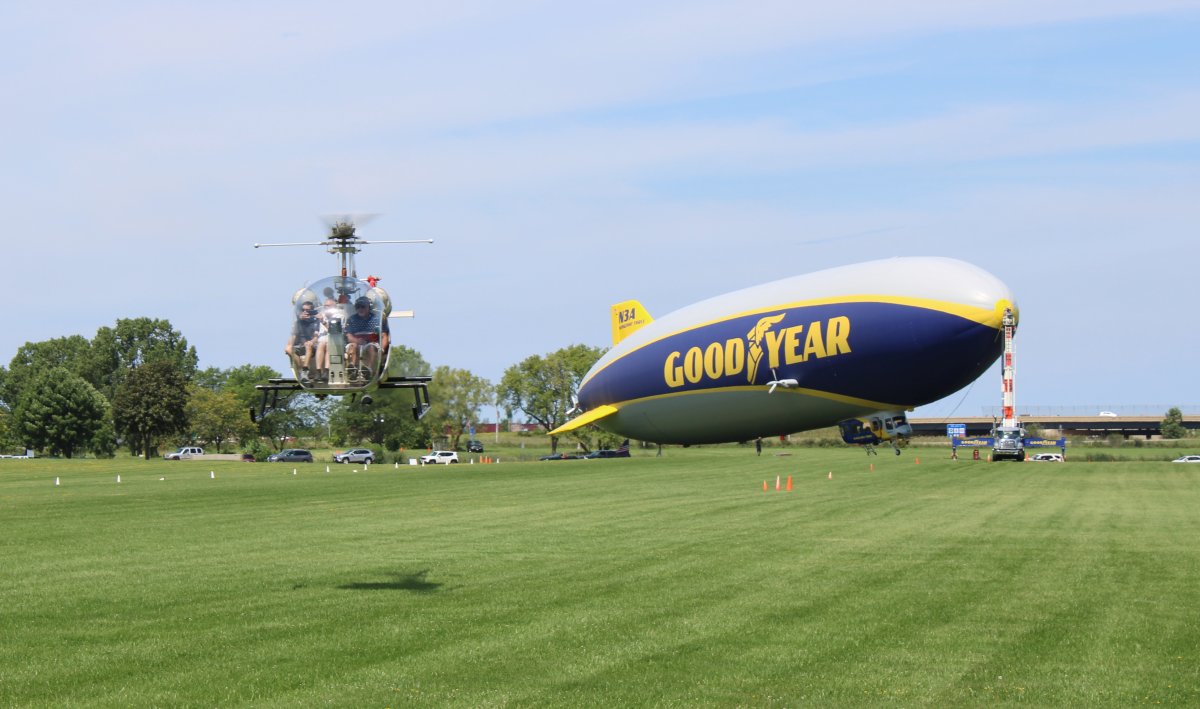
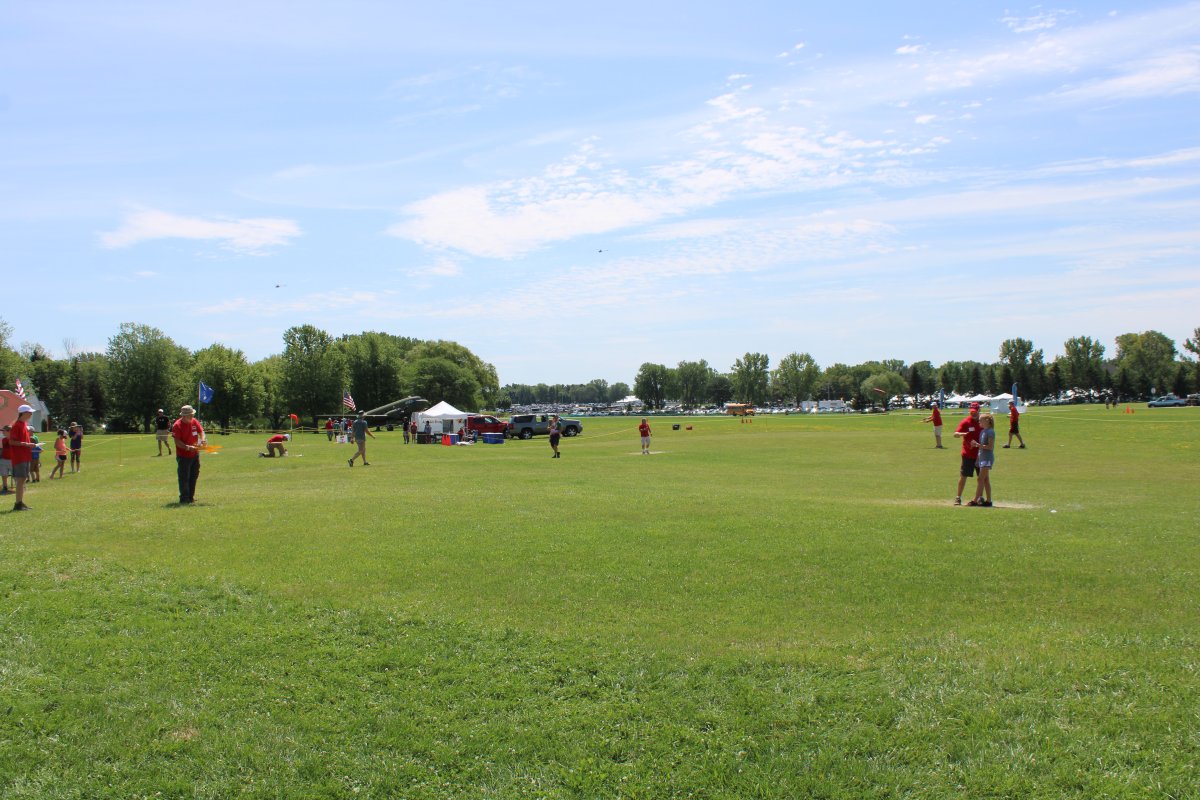
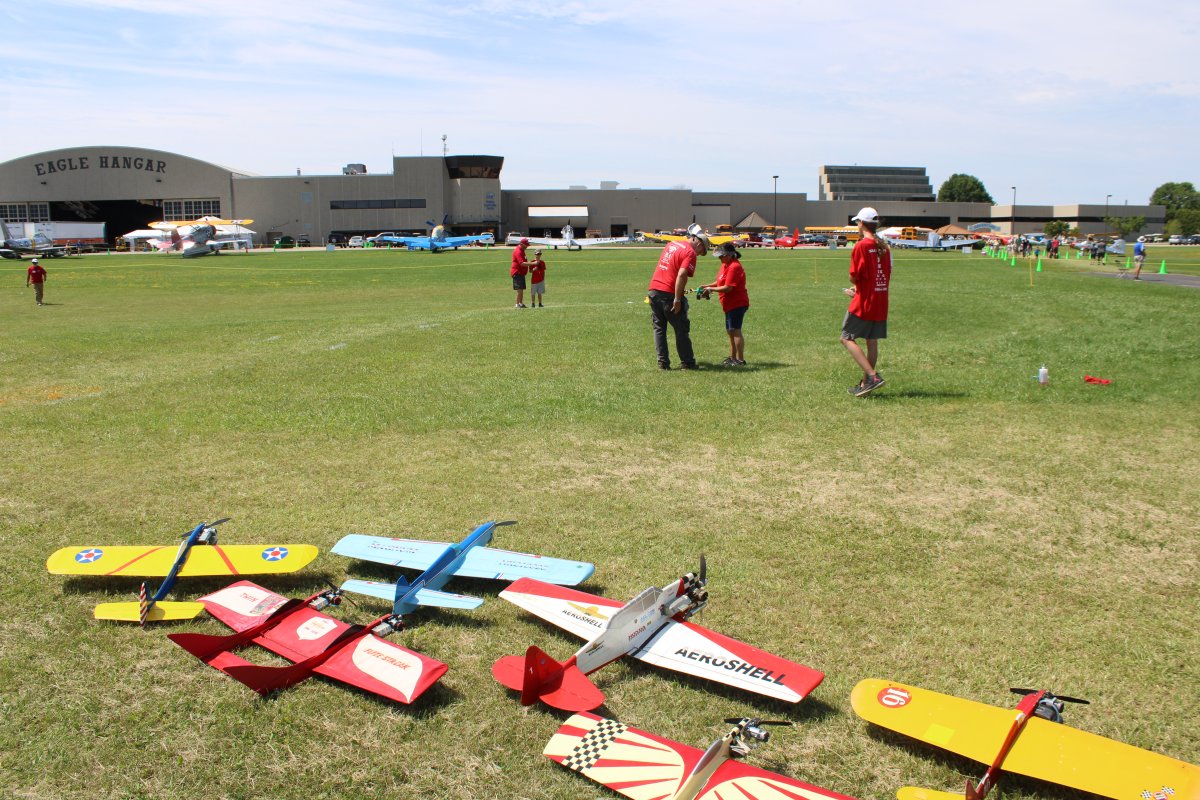
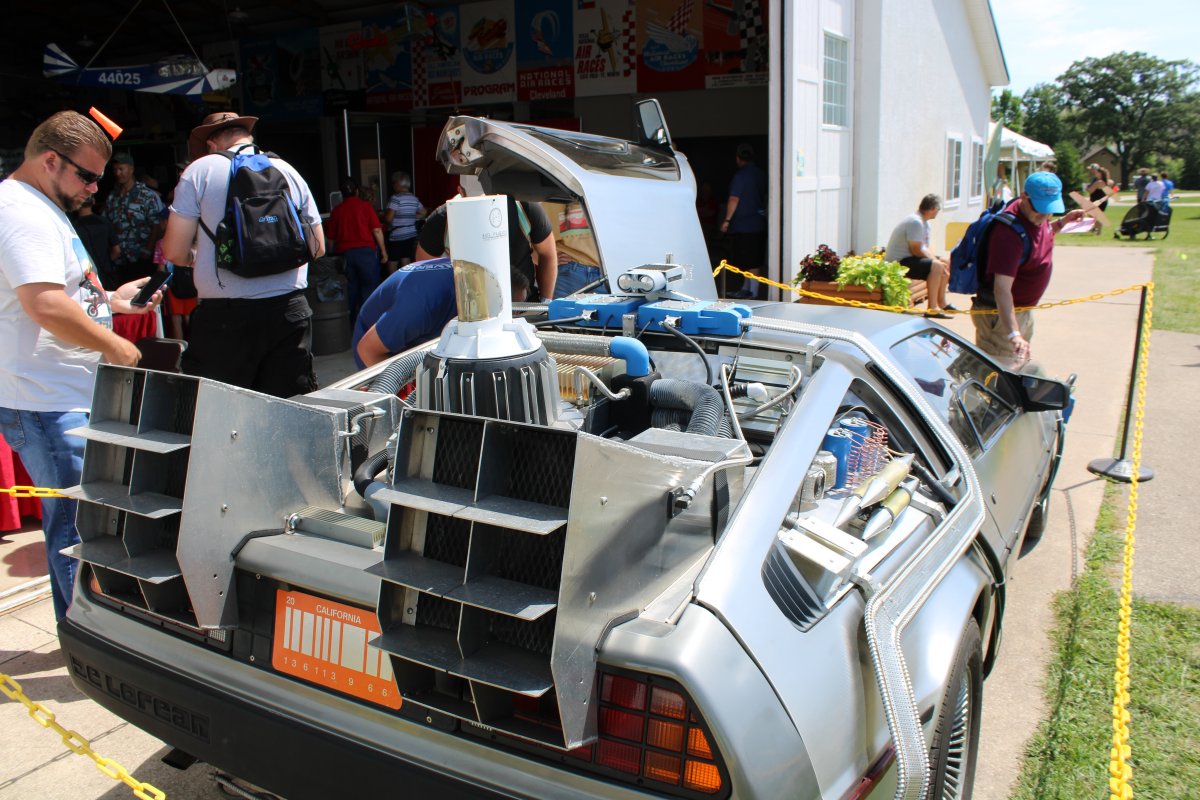
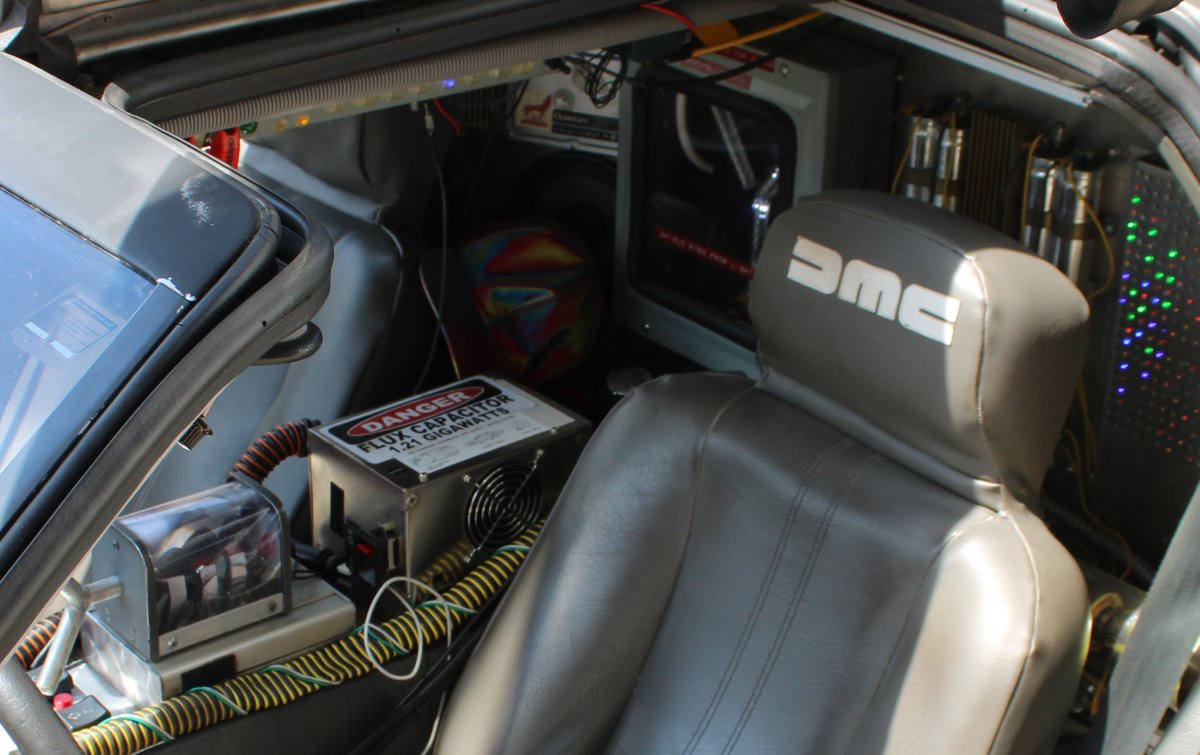
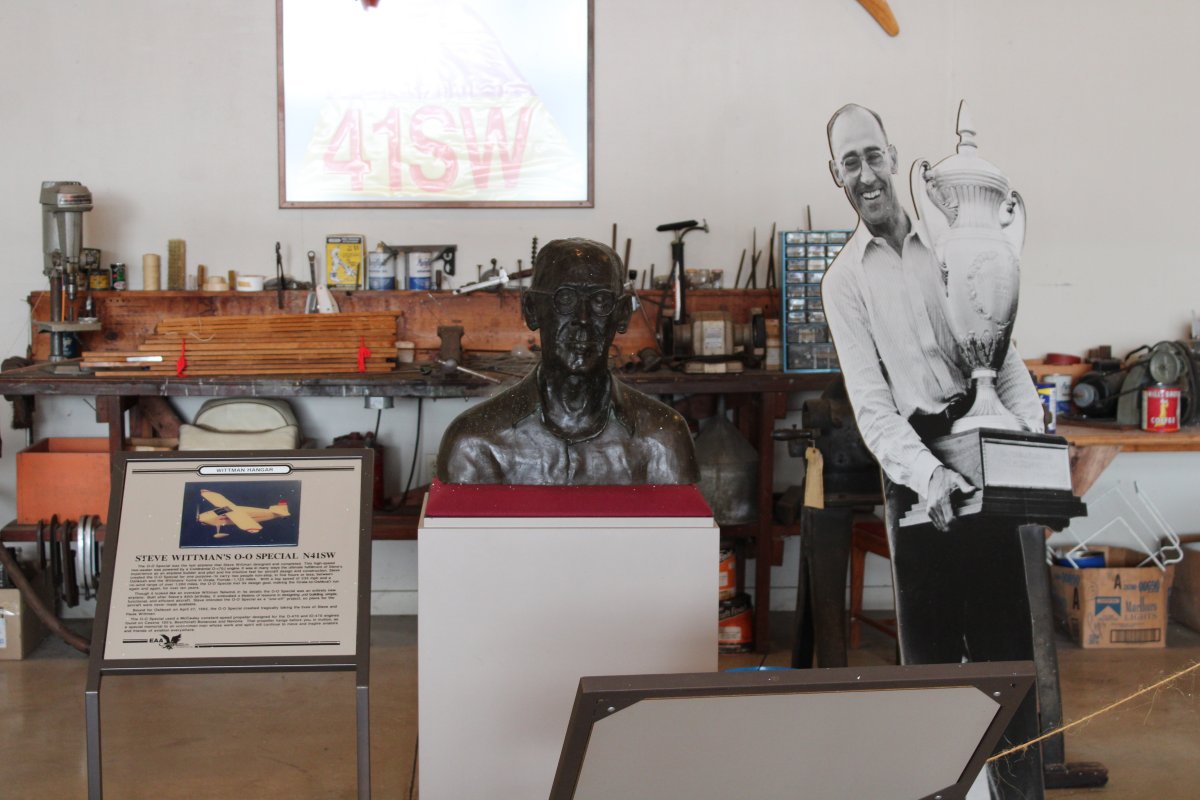
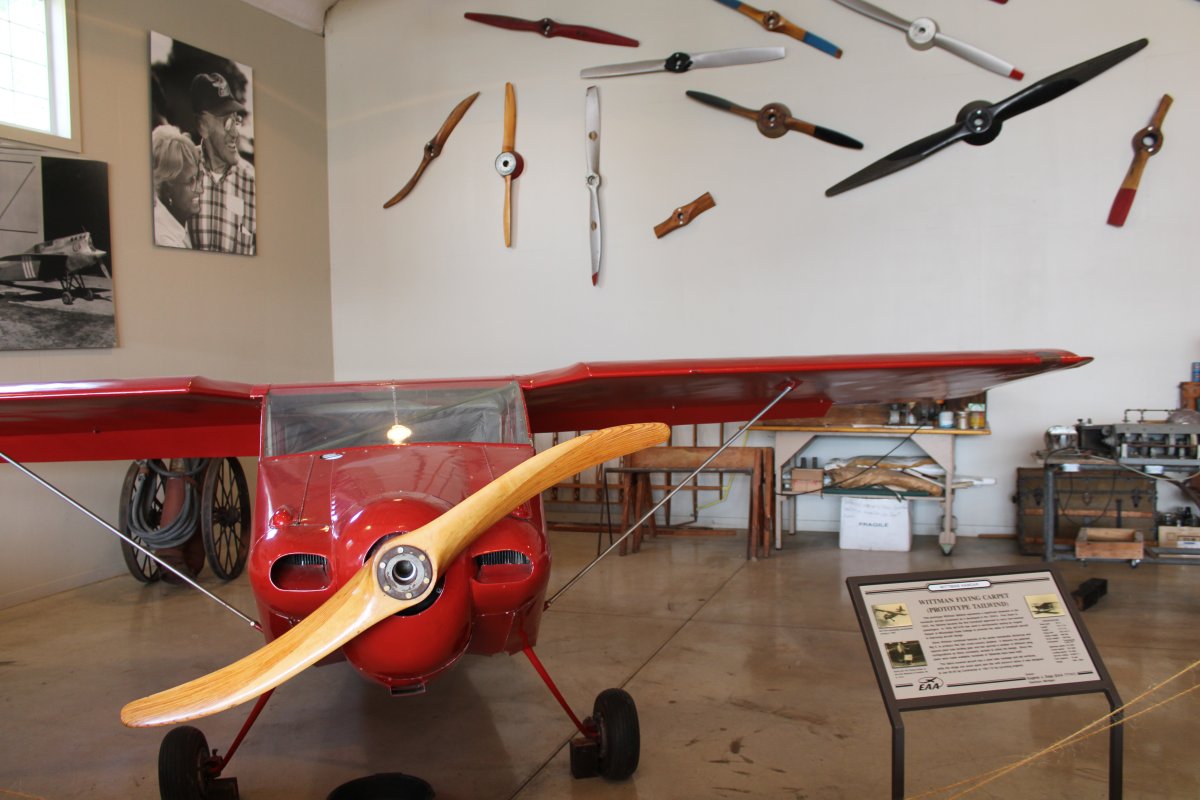
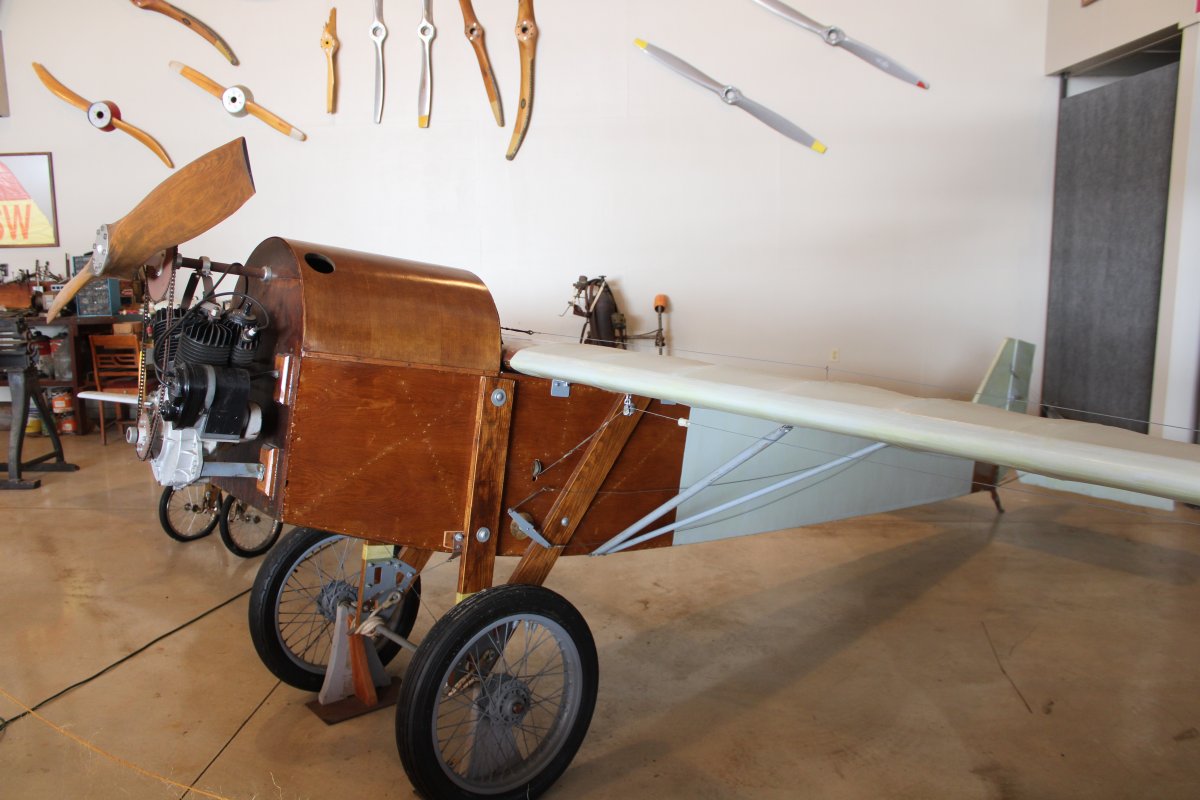
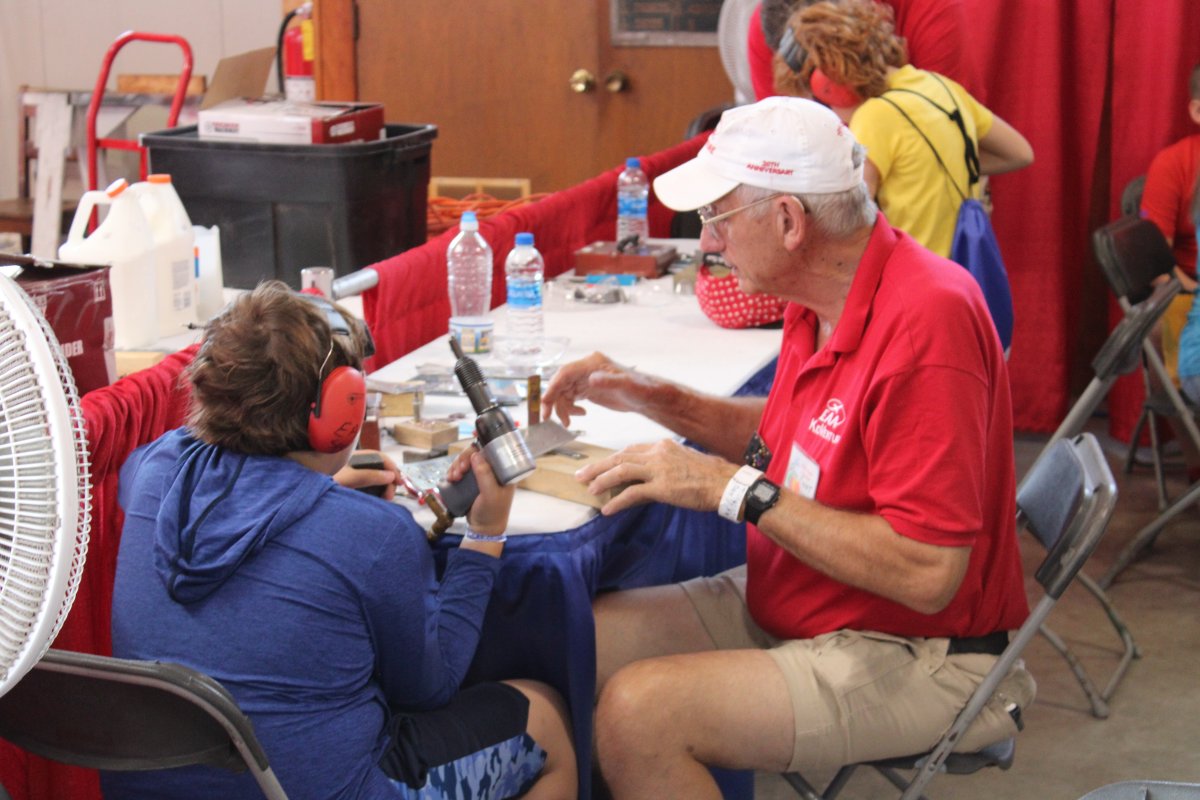
Bruce's Dad owned a Funk B at one time. The high-wing monoplane was designed for the $700 aircraft program of the 1930s. This government program was intended to get the average family flying and help the country out of a depression. The Funk B was inexpensive, but (at almost $2,000) well over the price envisioned by the program. Never-the-less, it proved popular due to its simplicity. The modified Ford Model B engine, using many stock Ford parts, was easy to service. Most Ford/Funk motors were later replaced with more powerful engines. This example is one of a small number to survive with its original engine.
